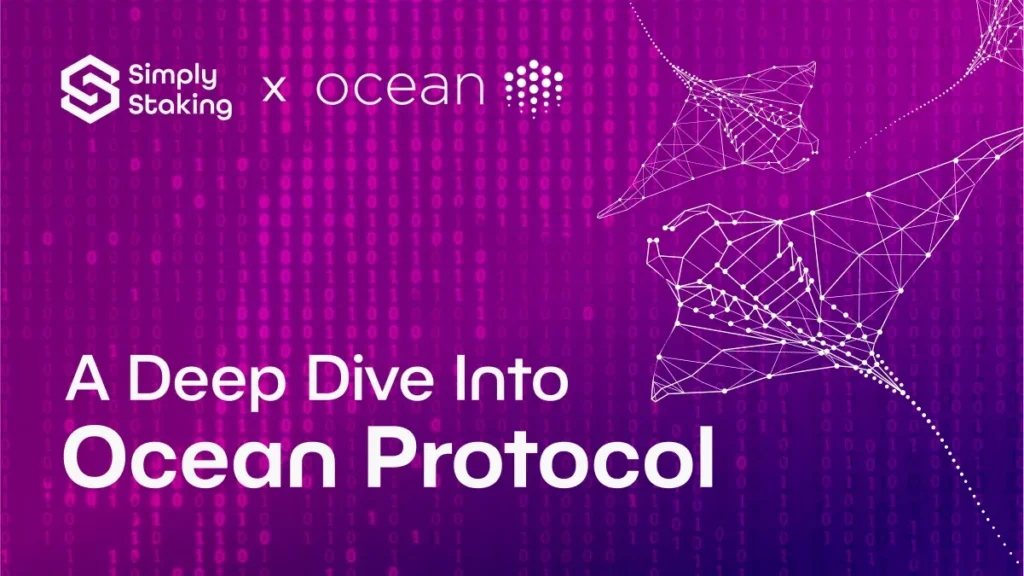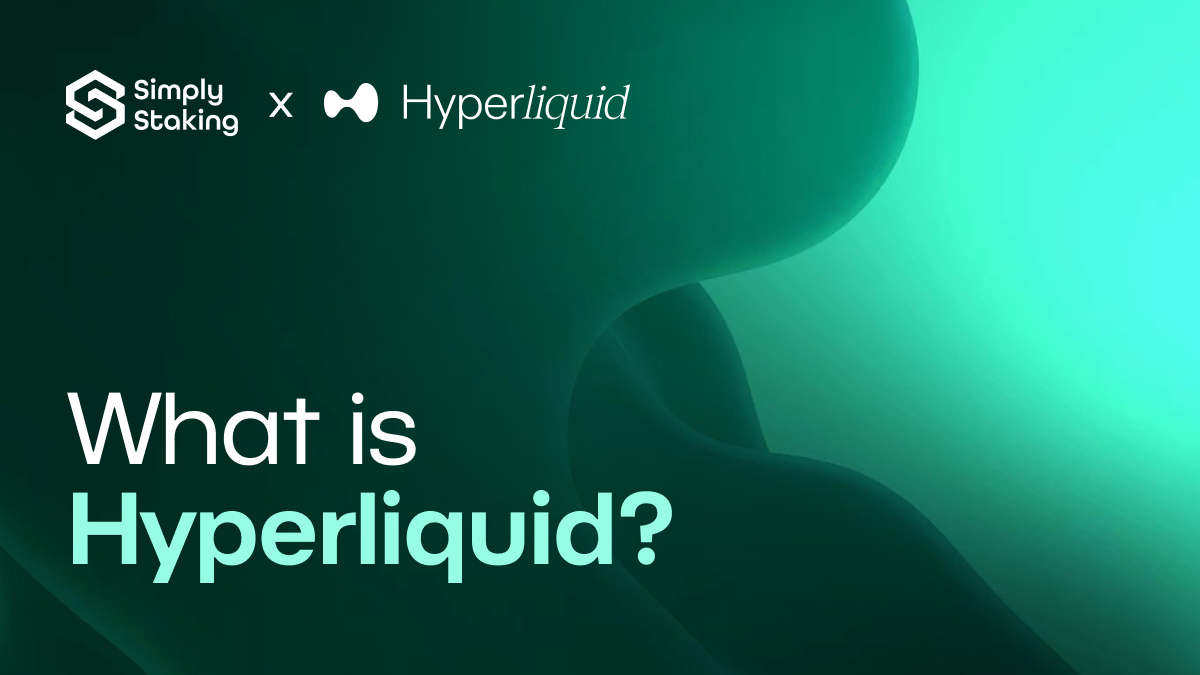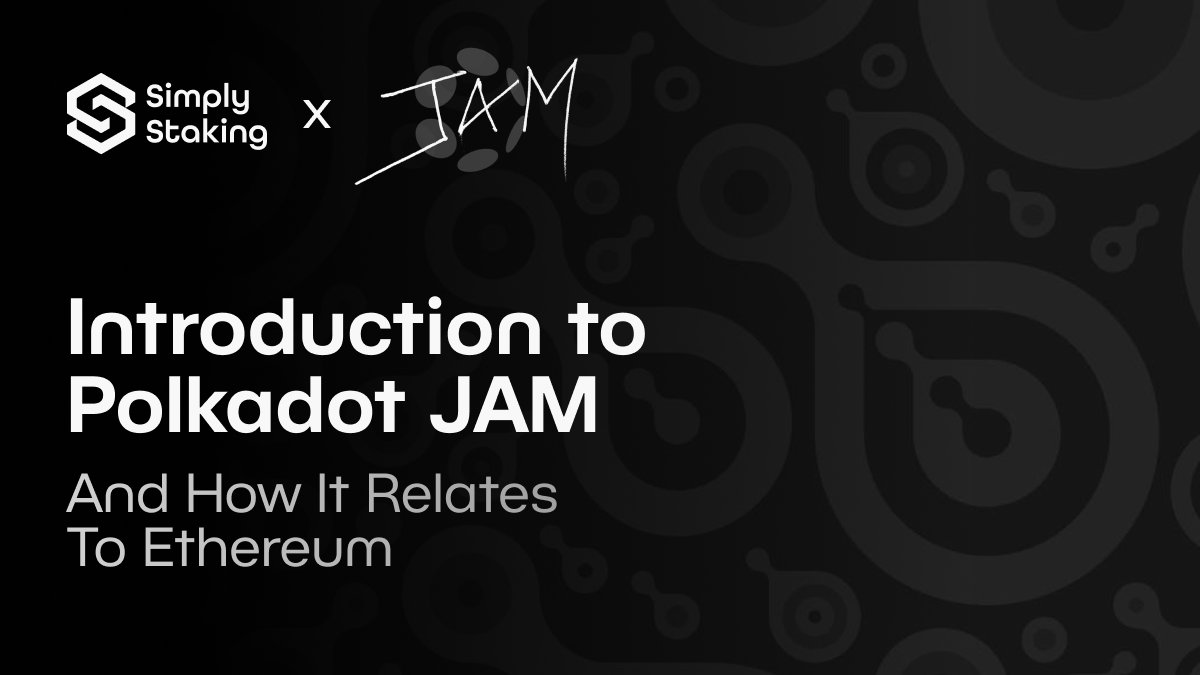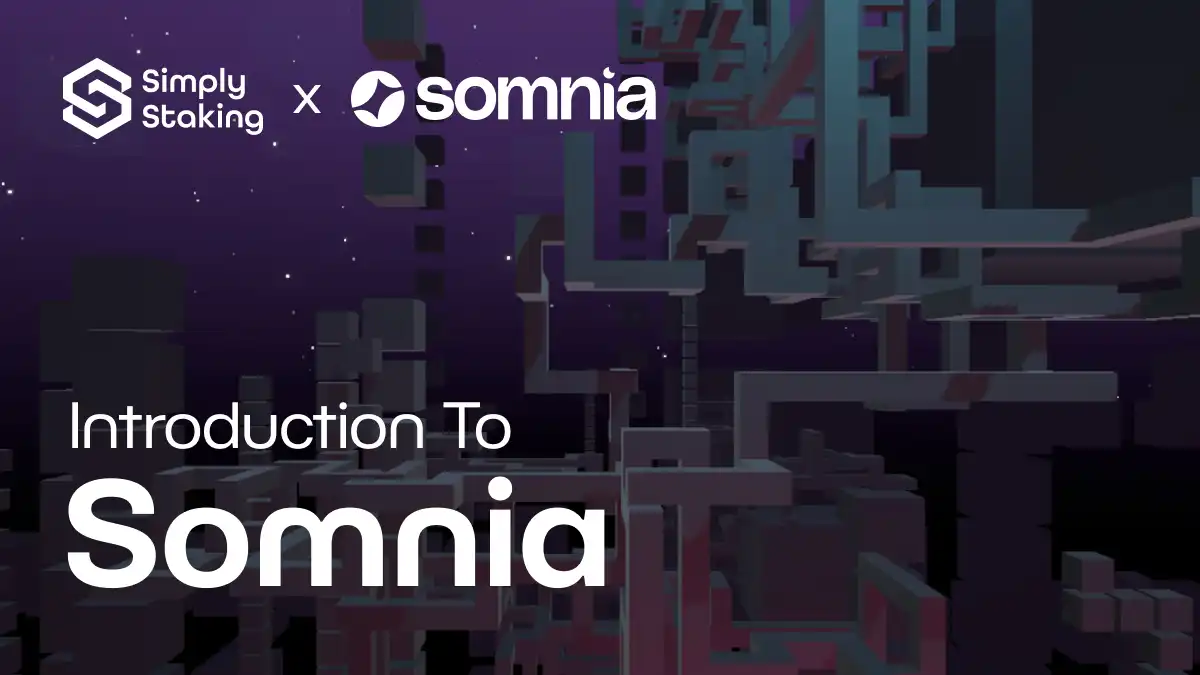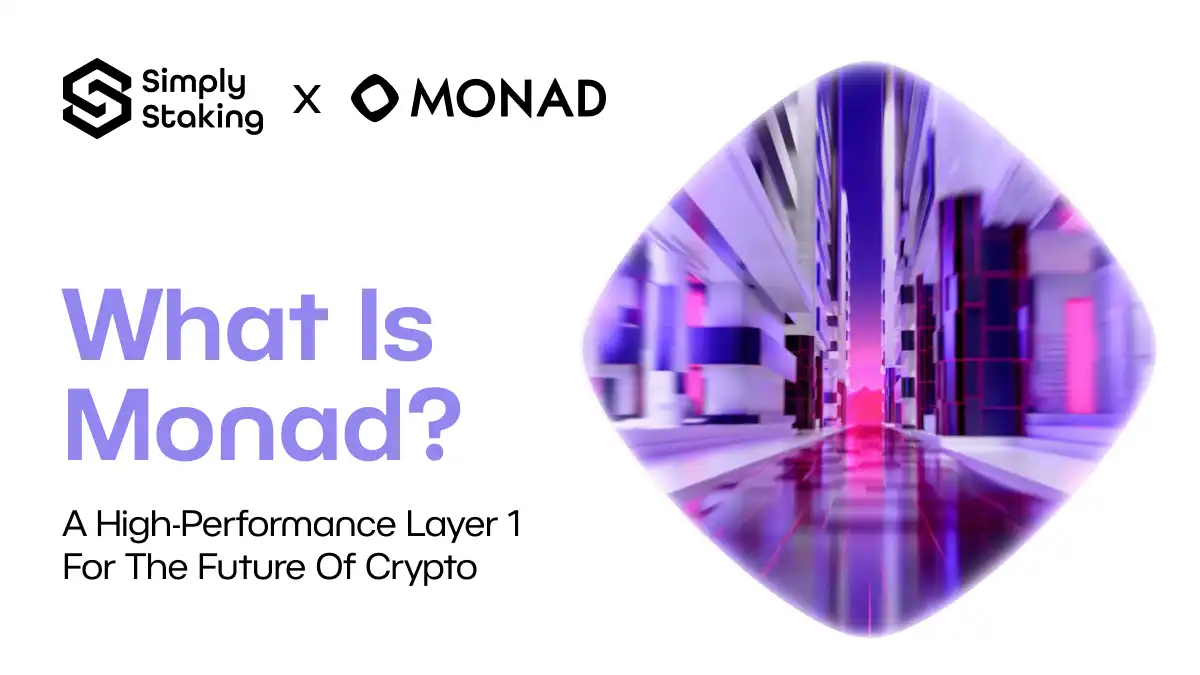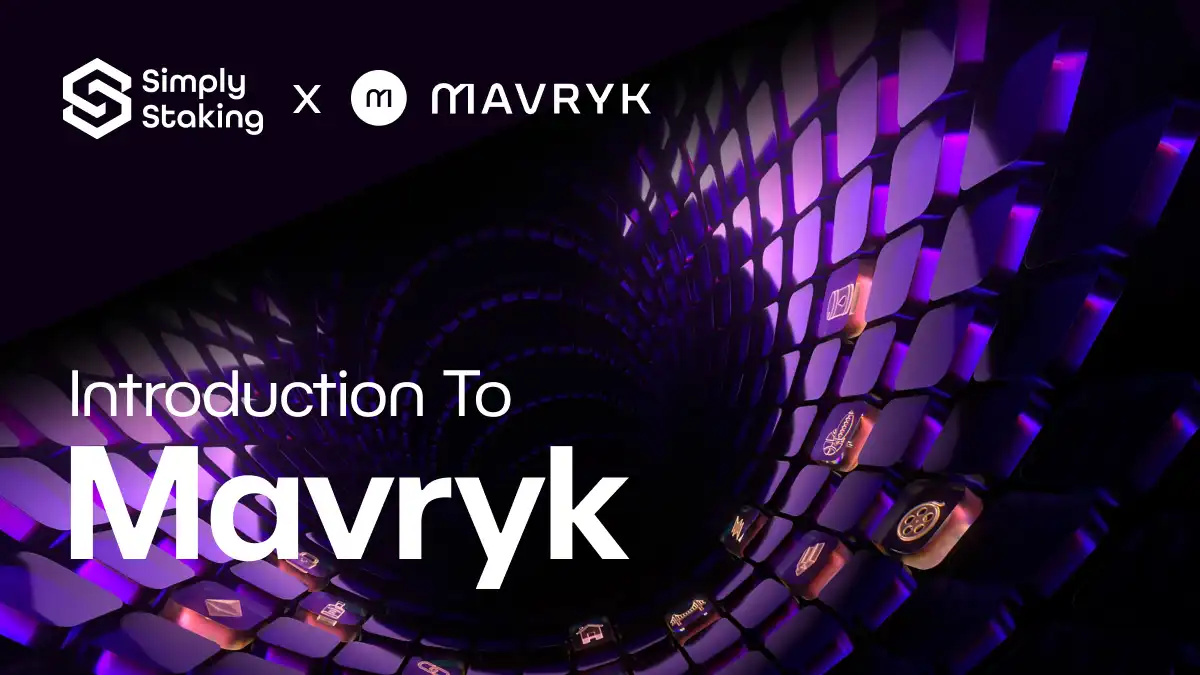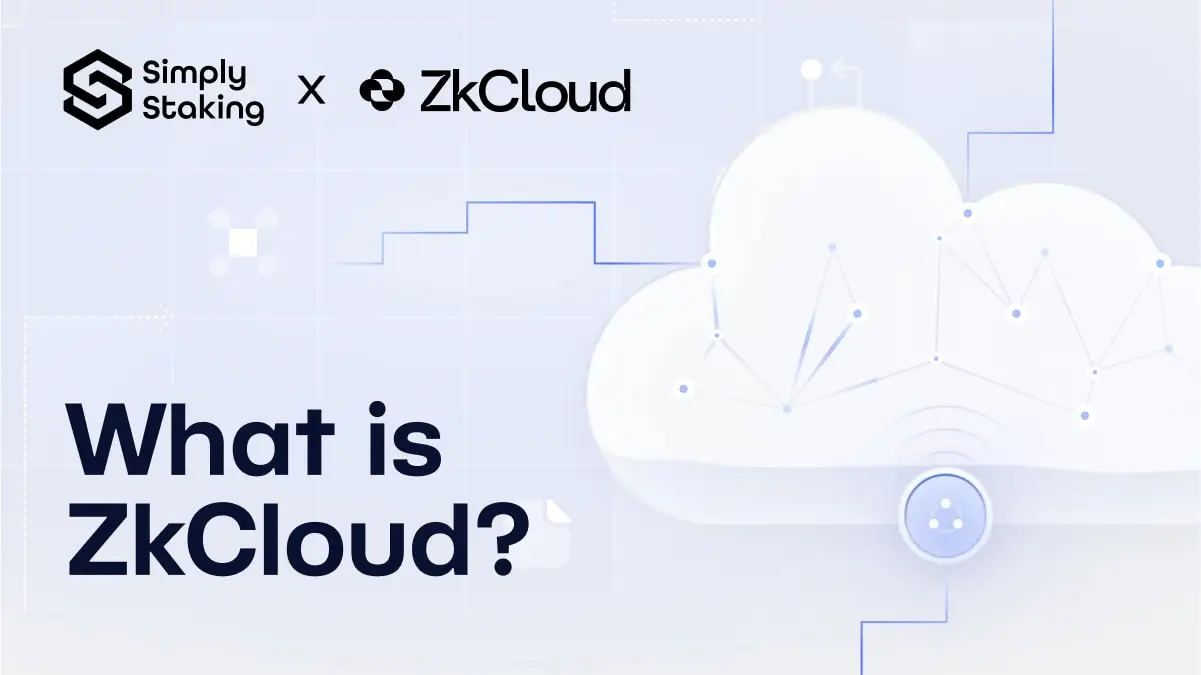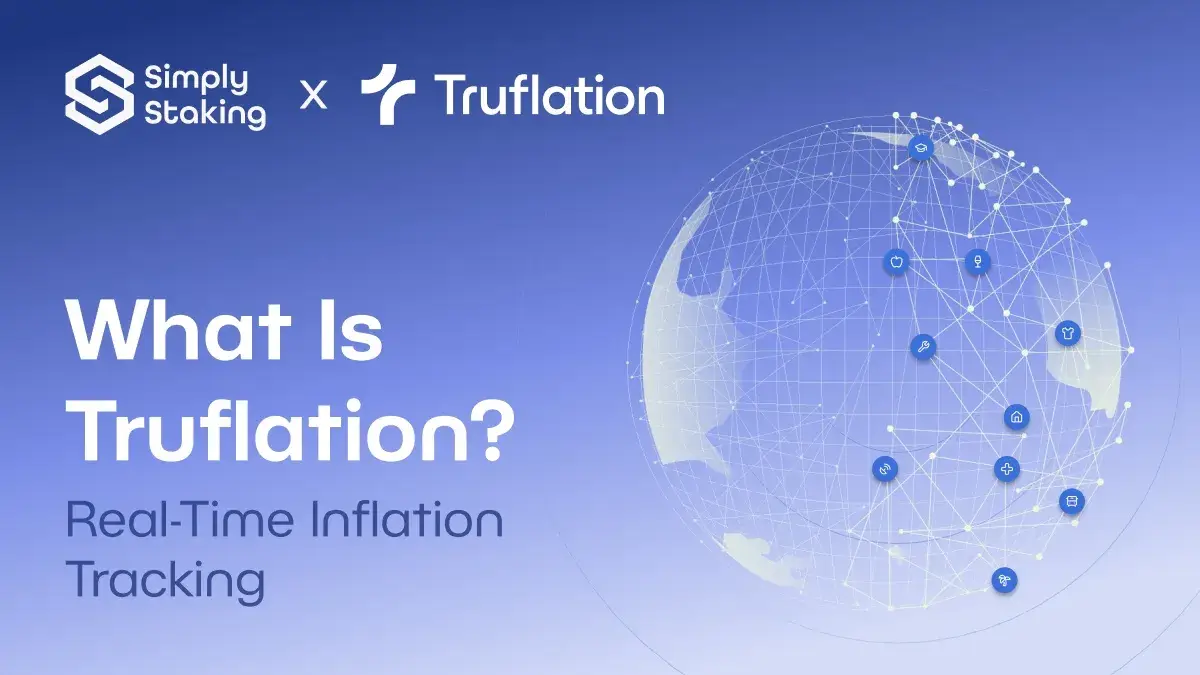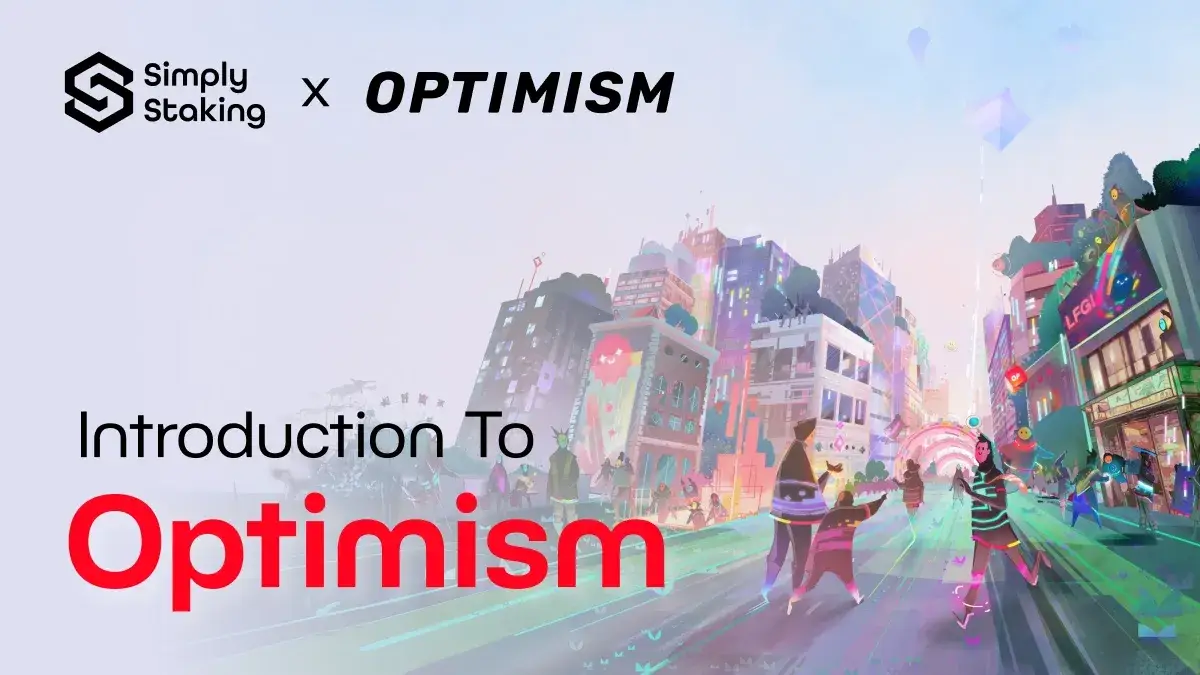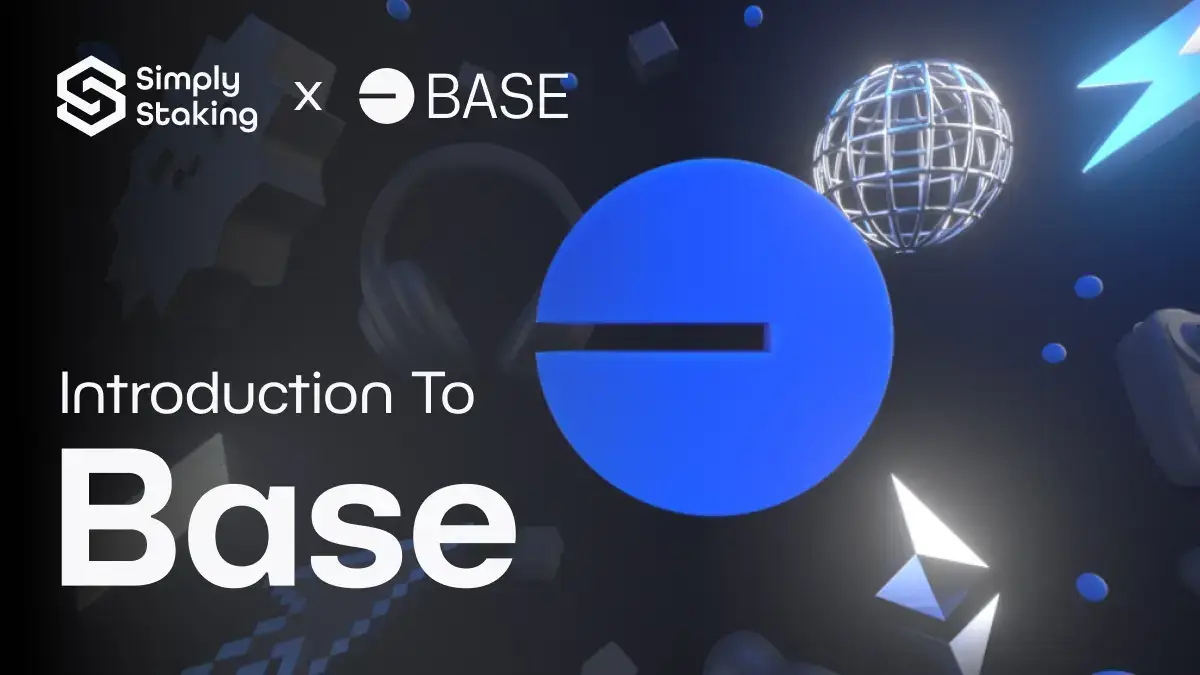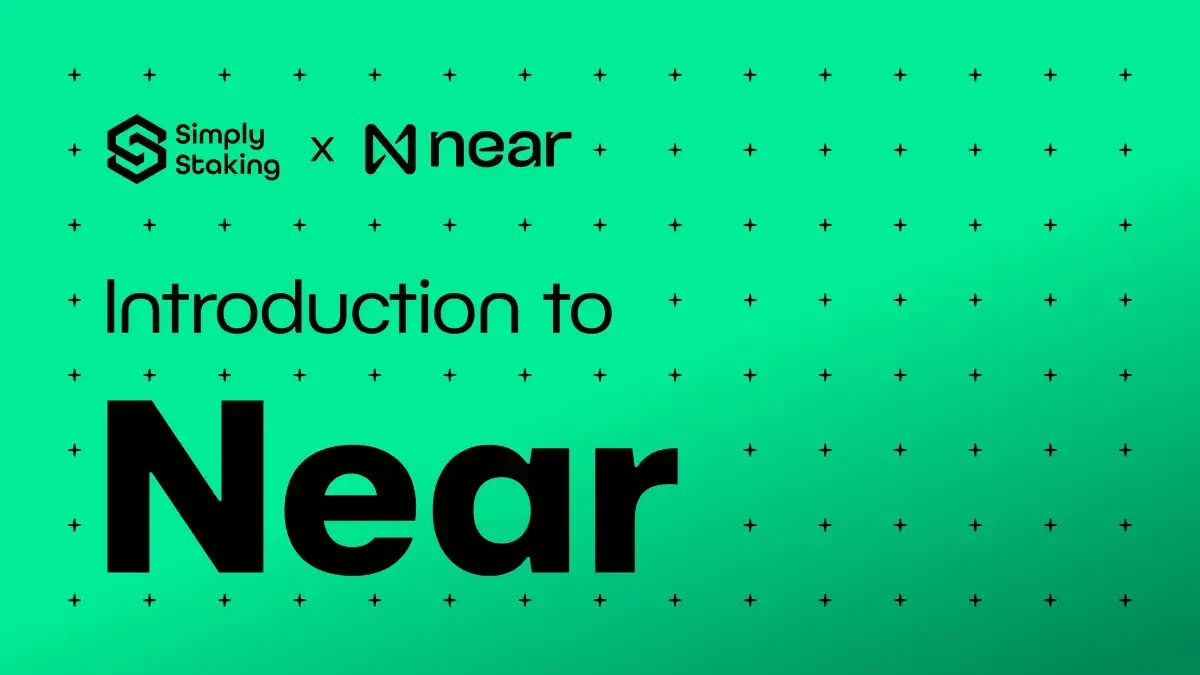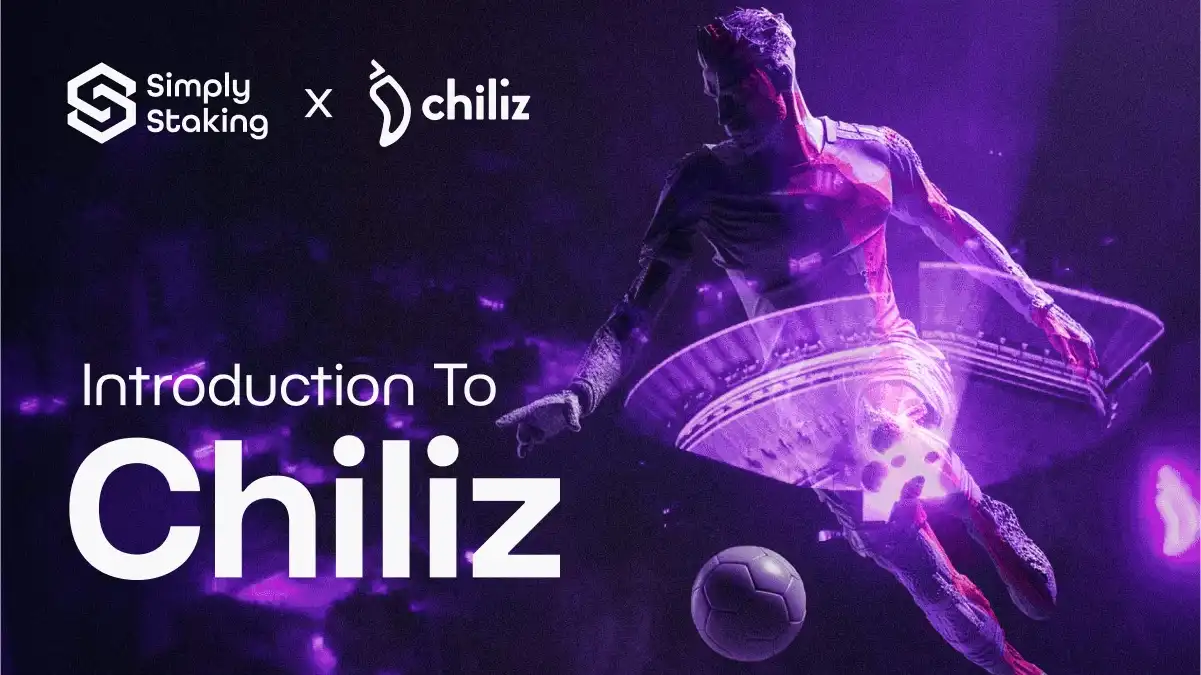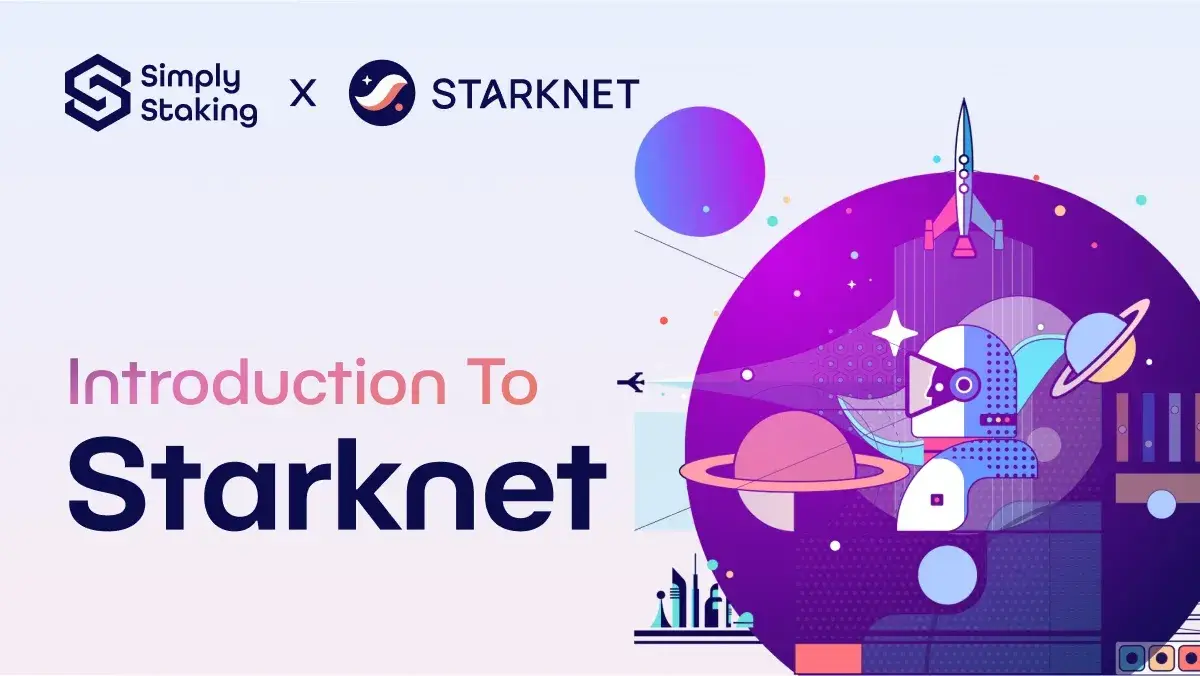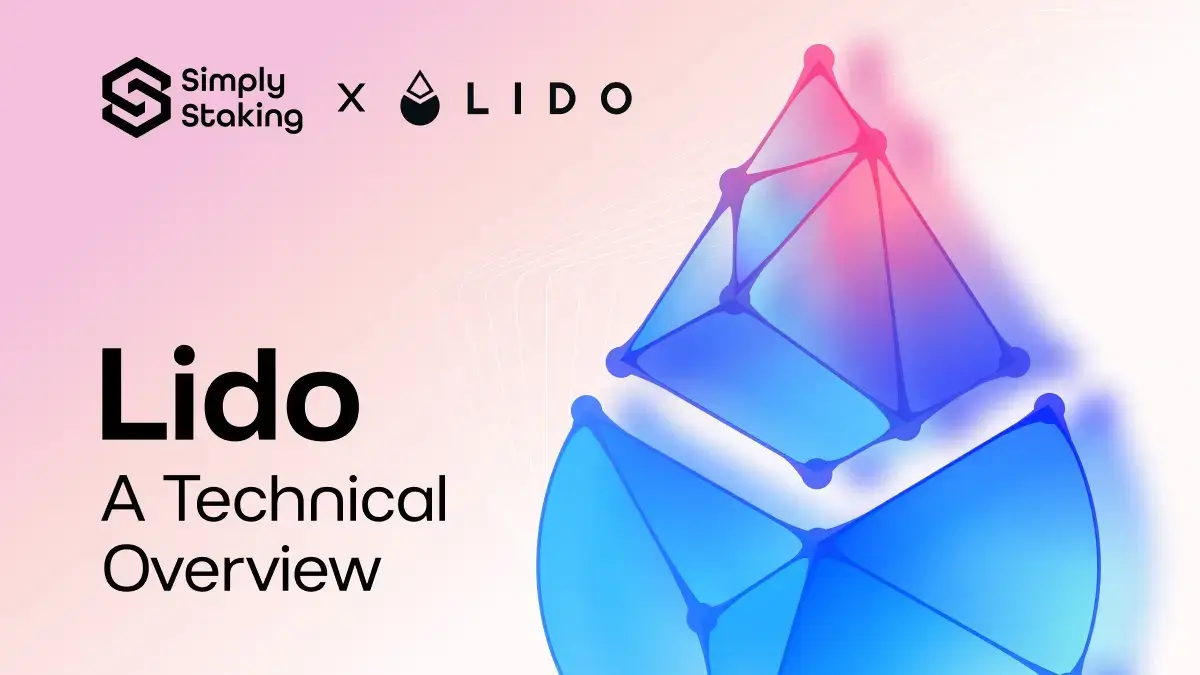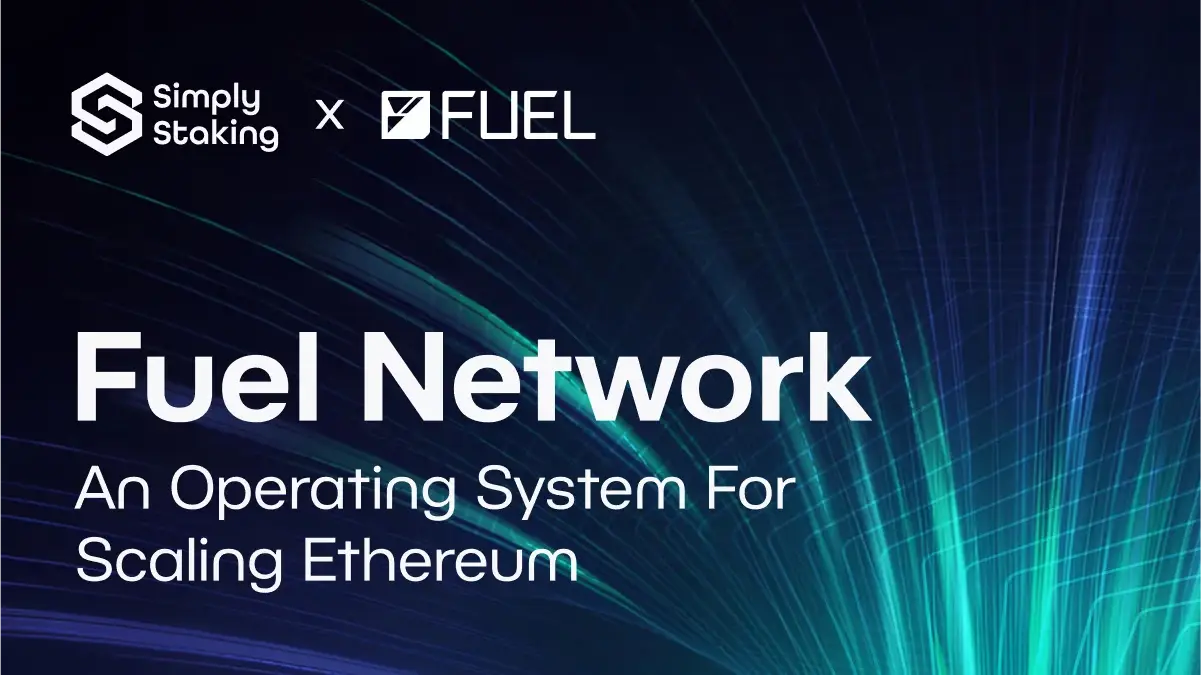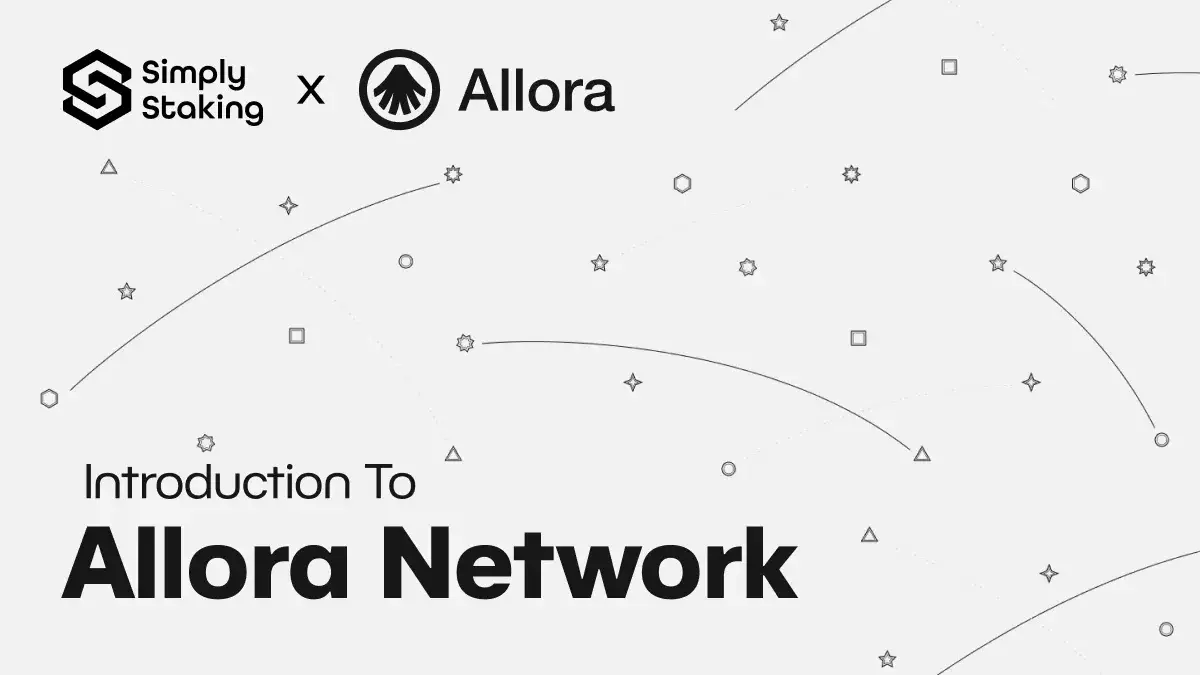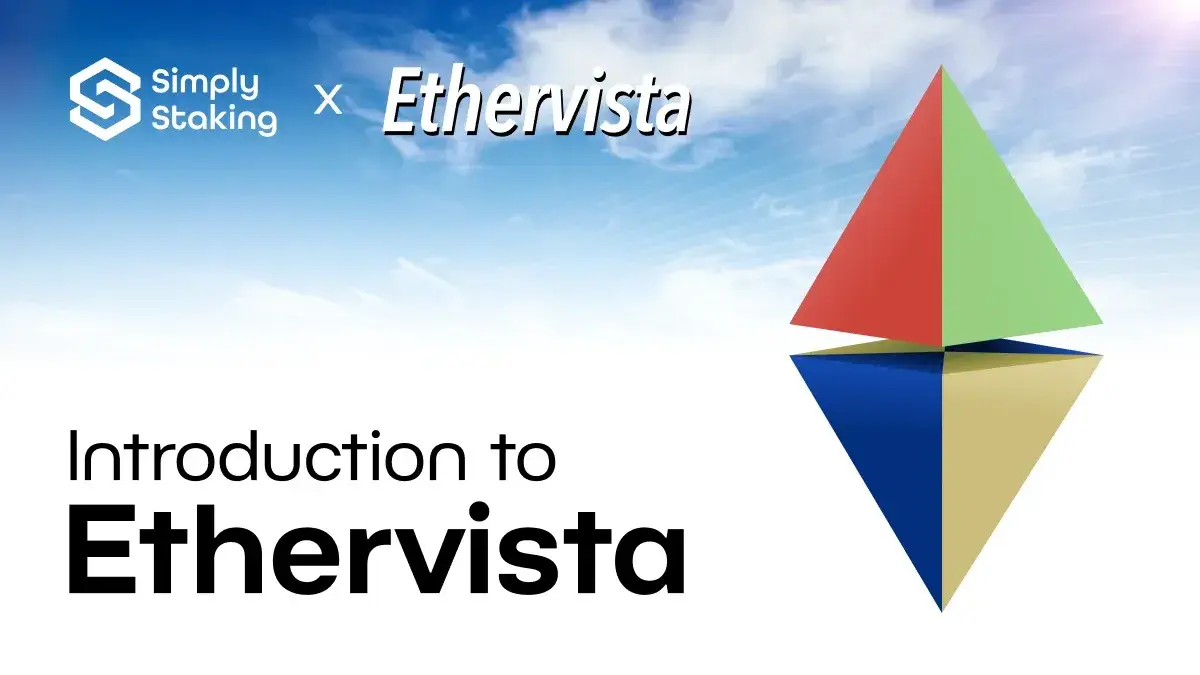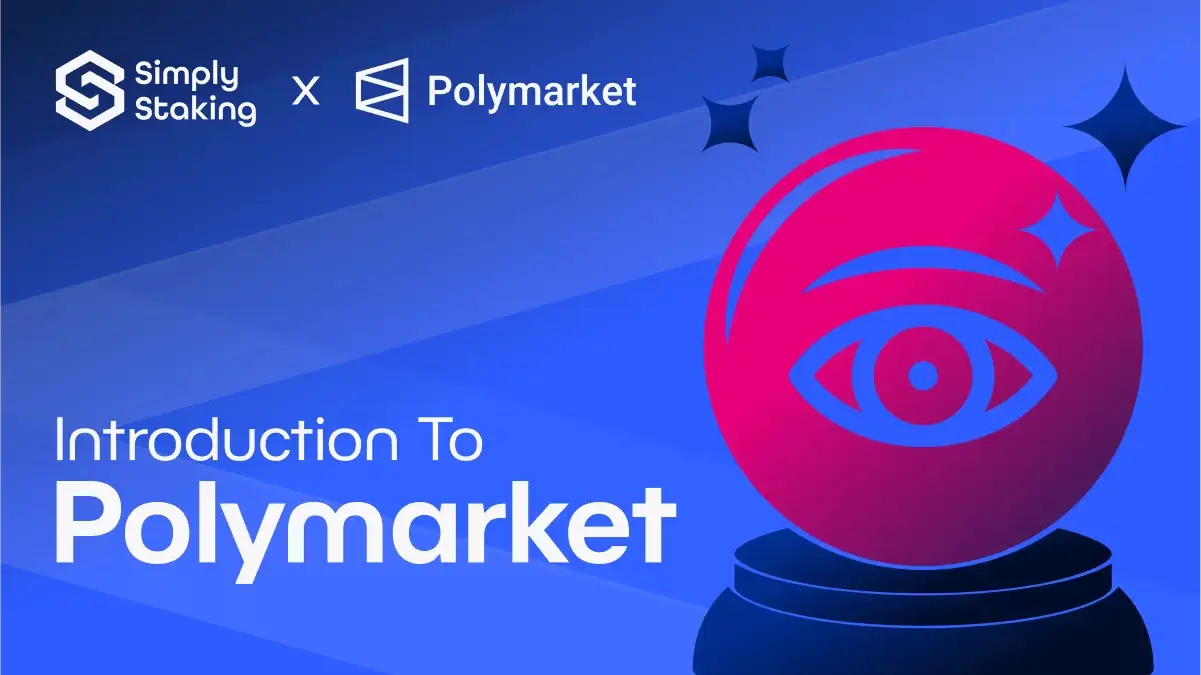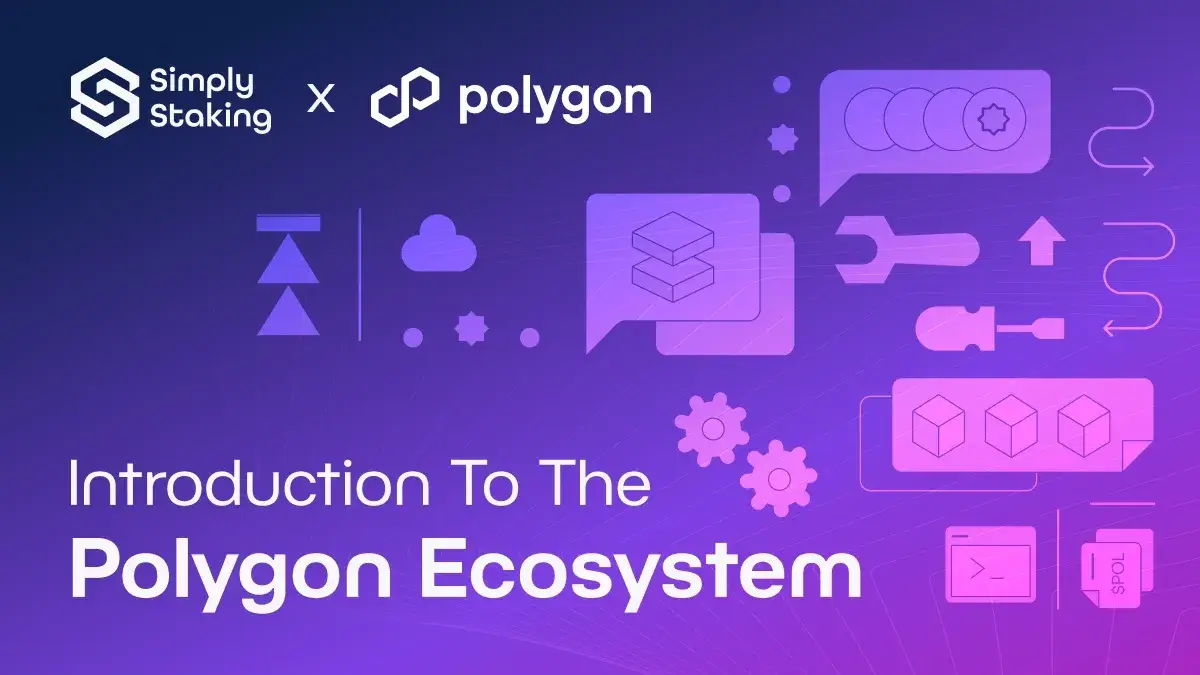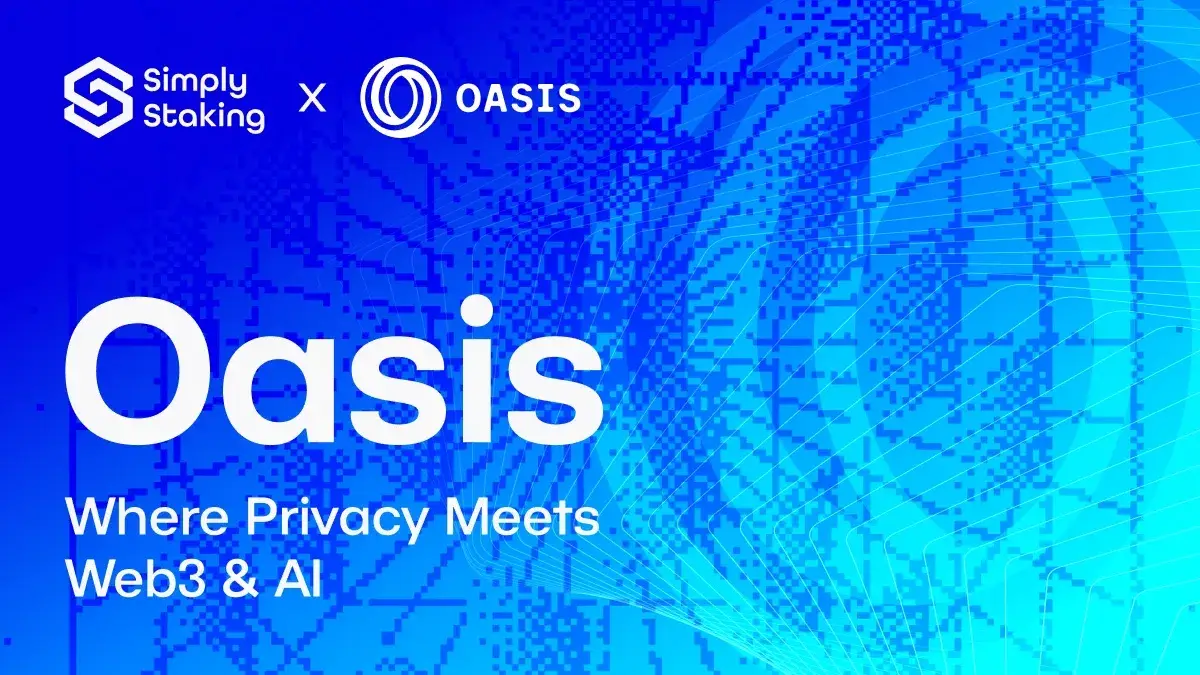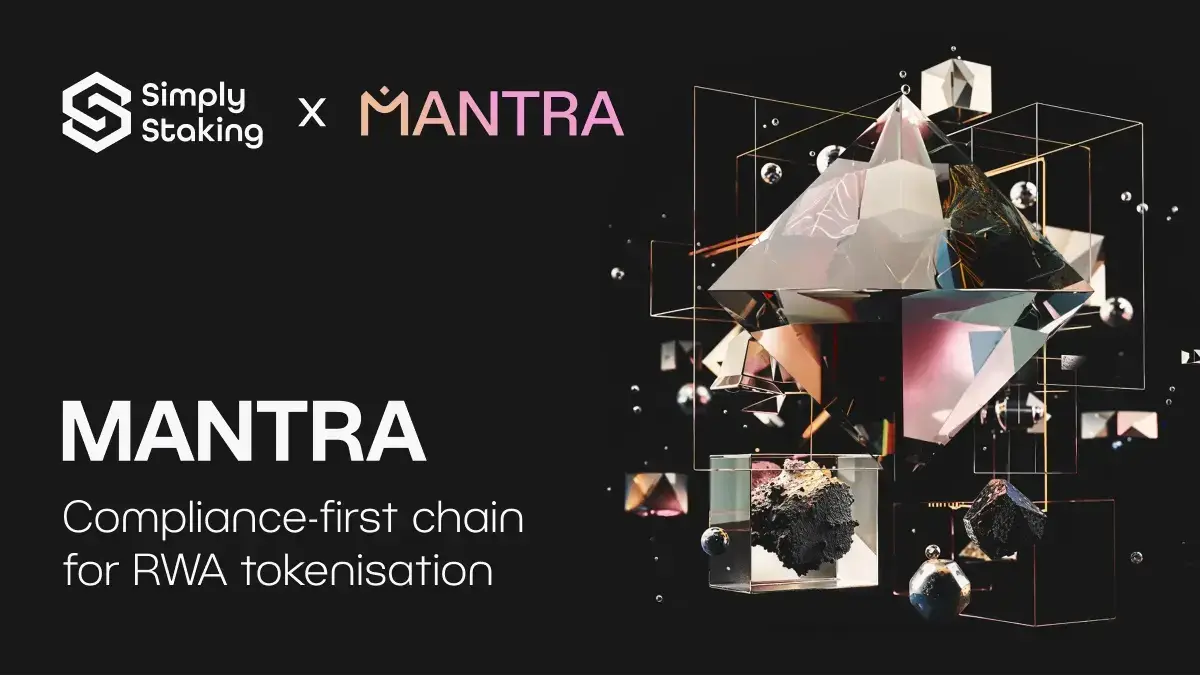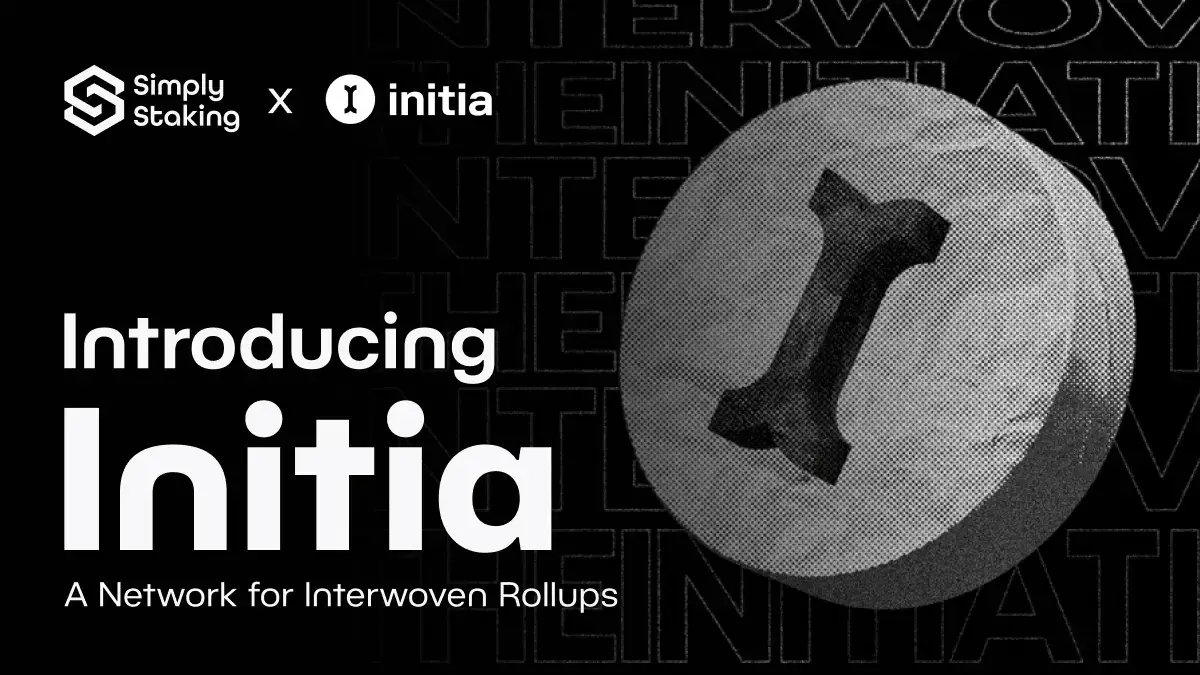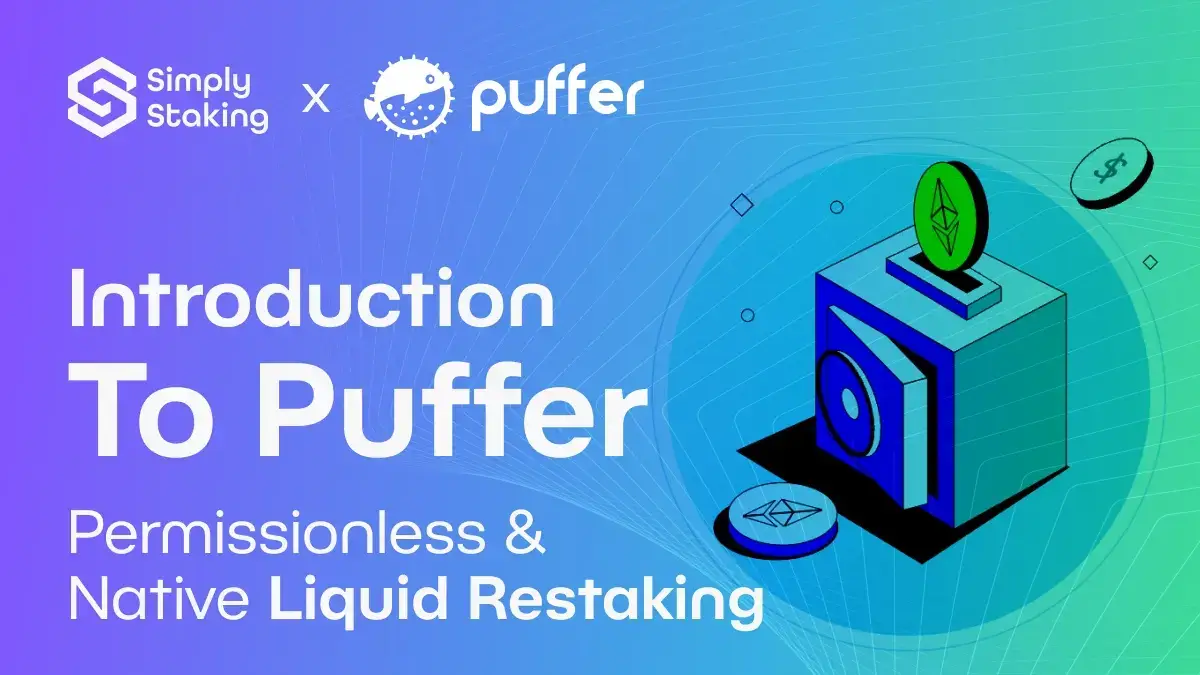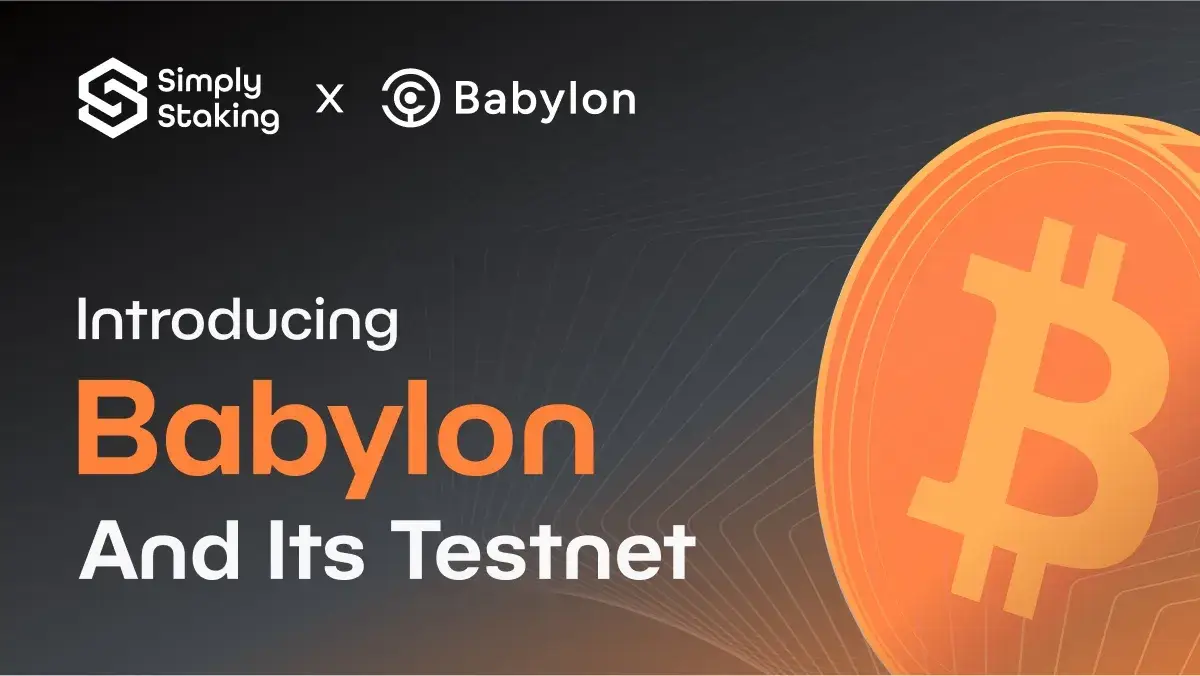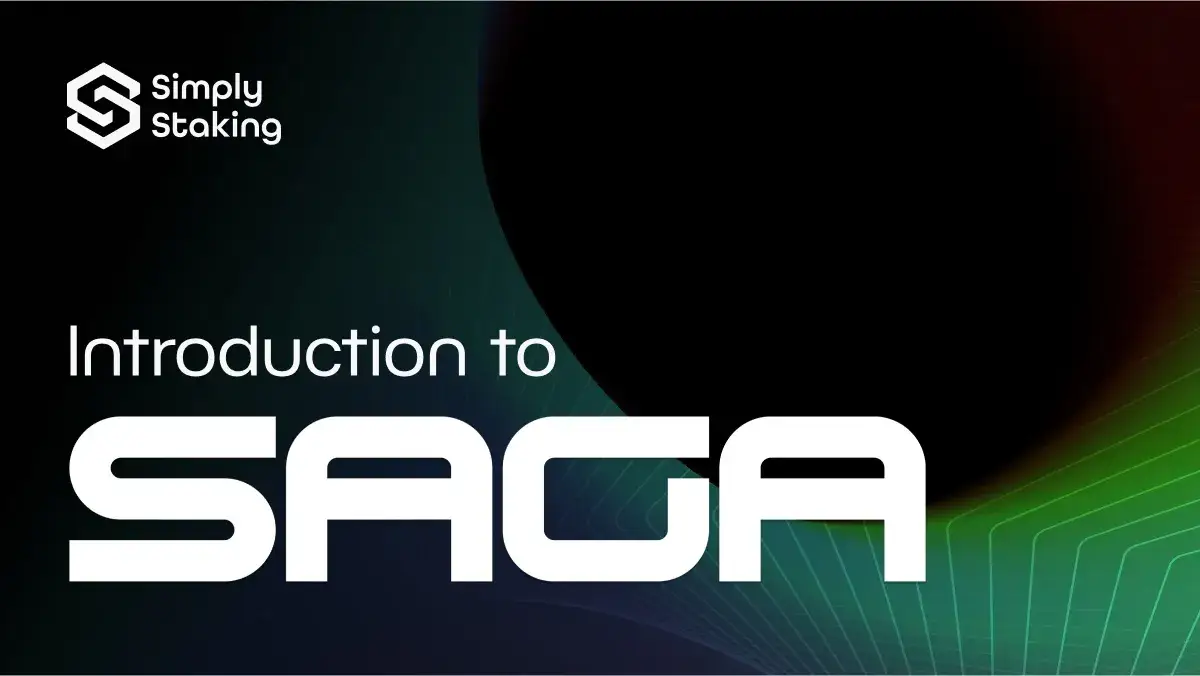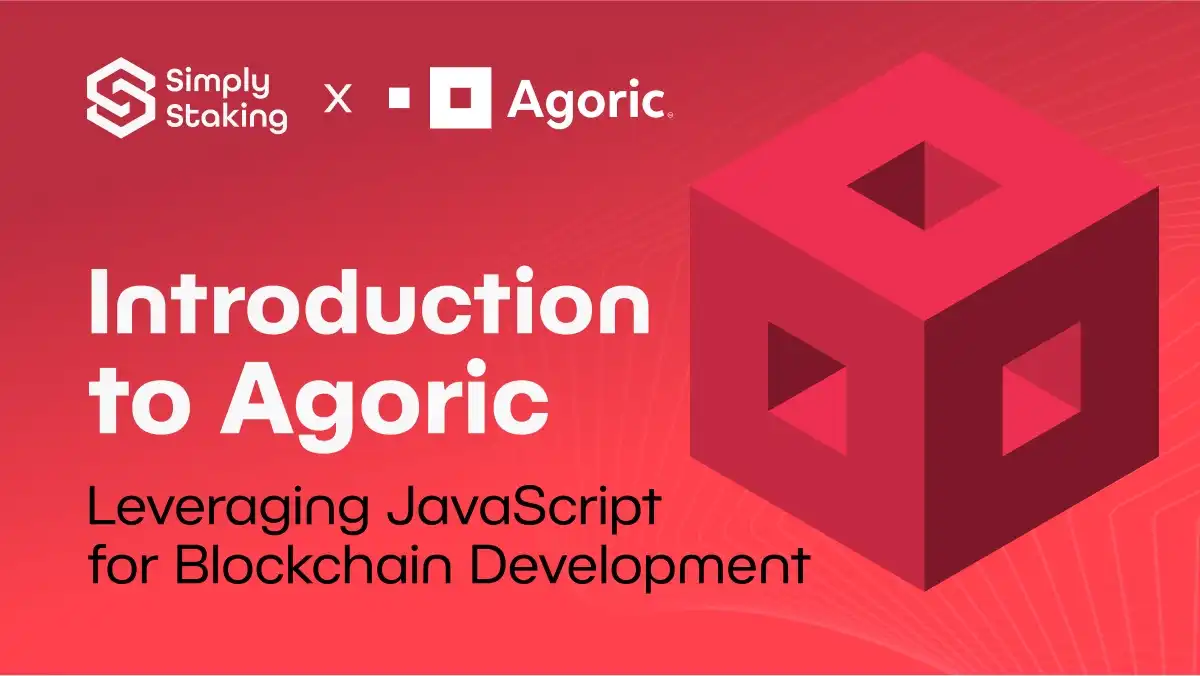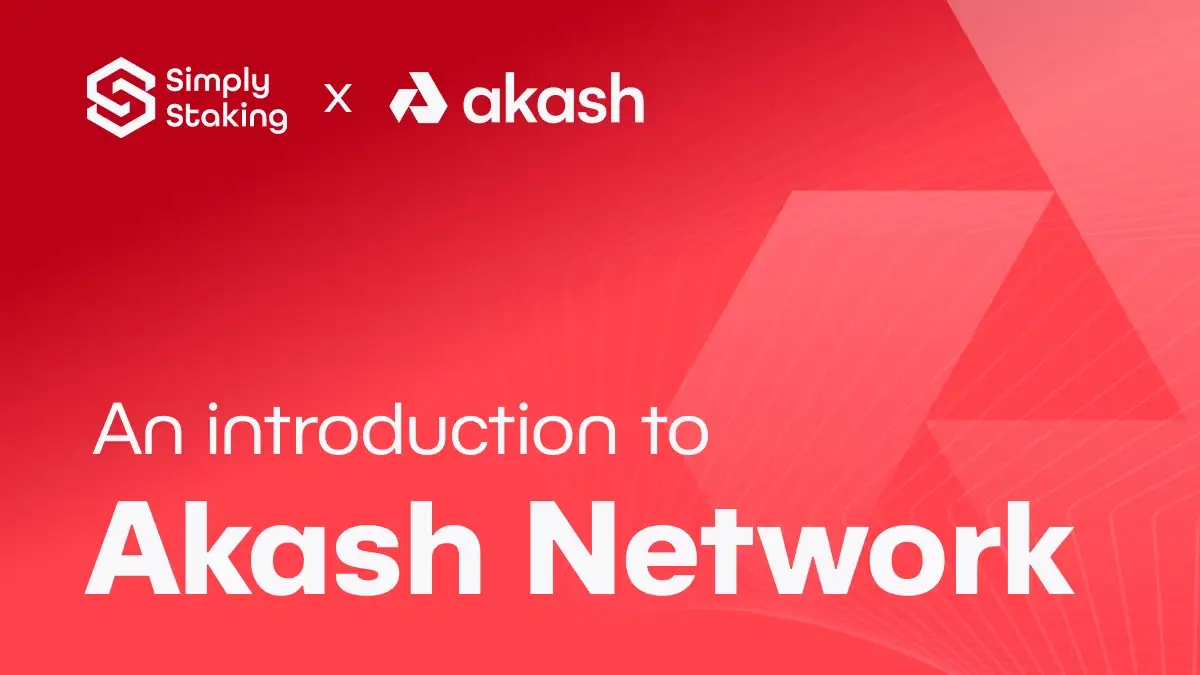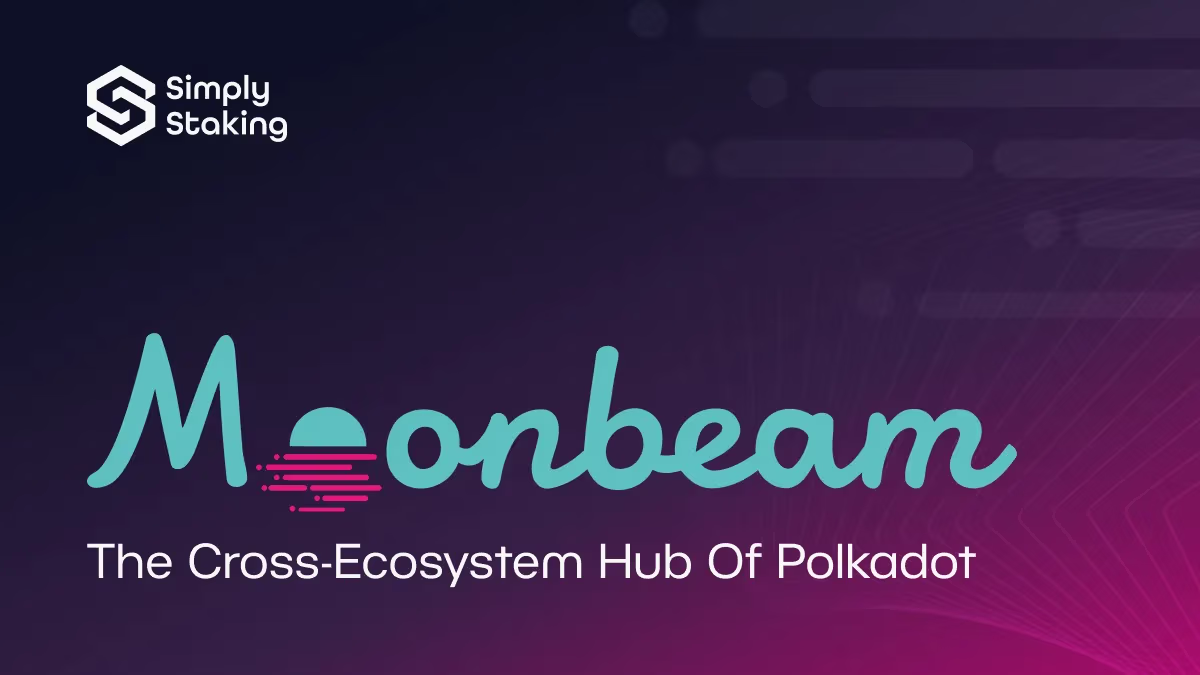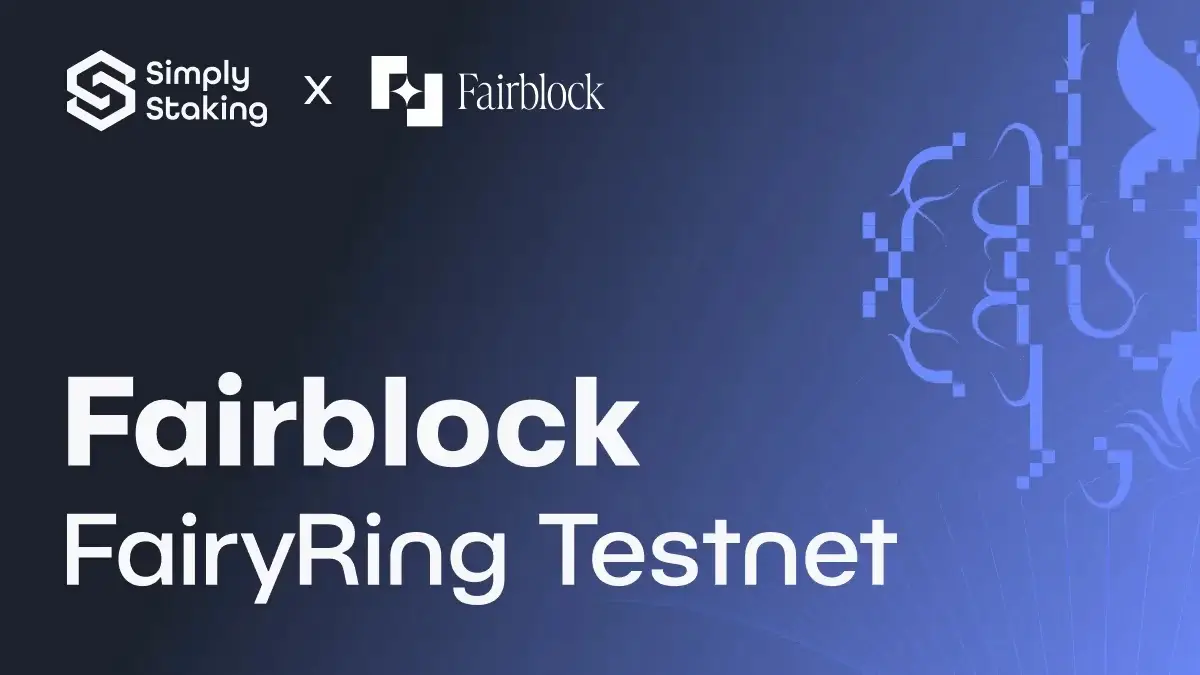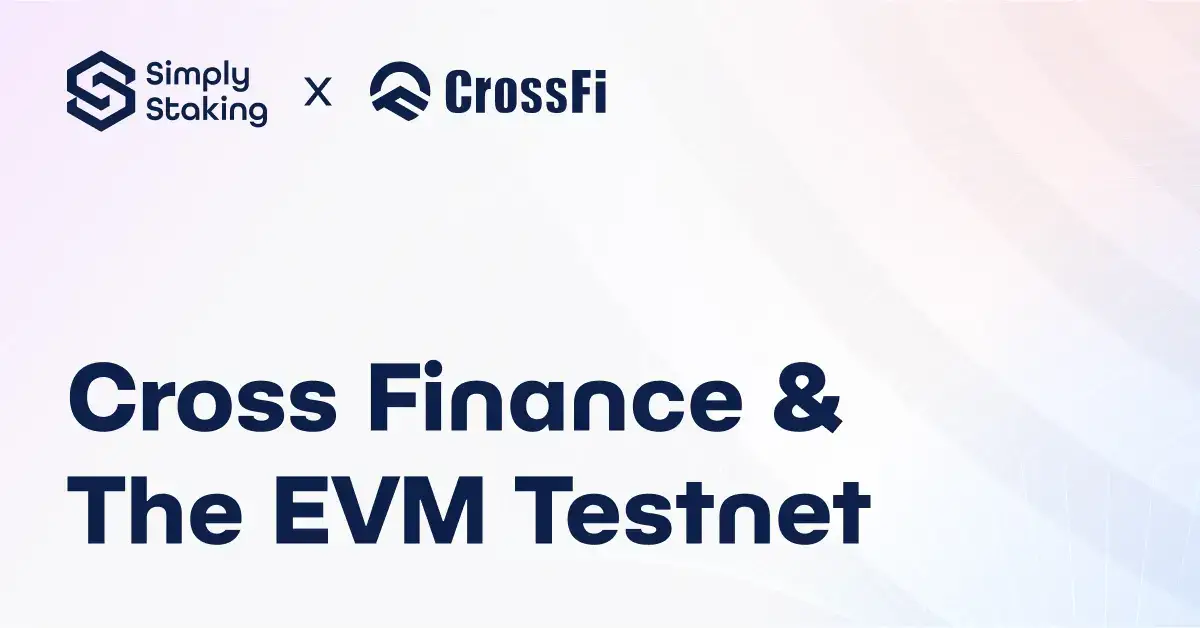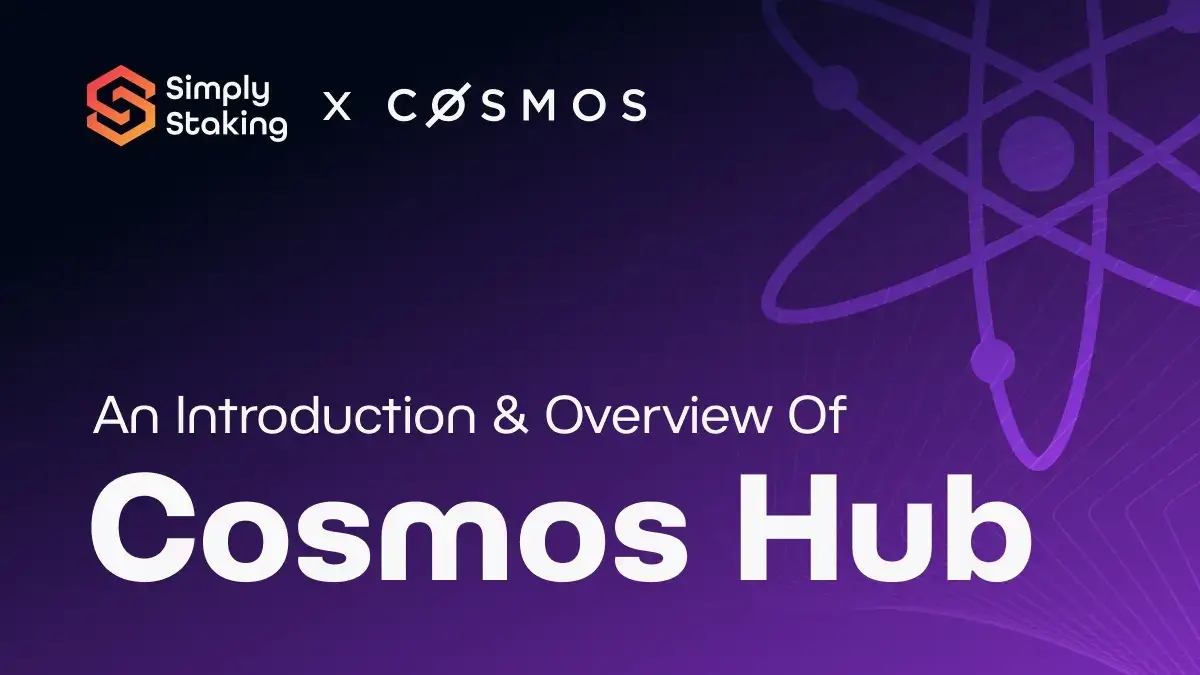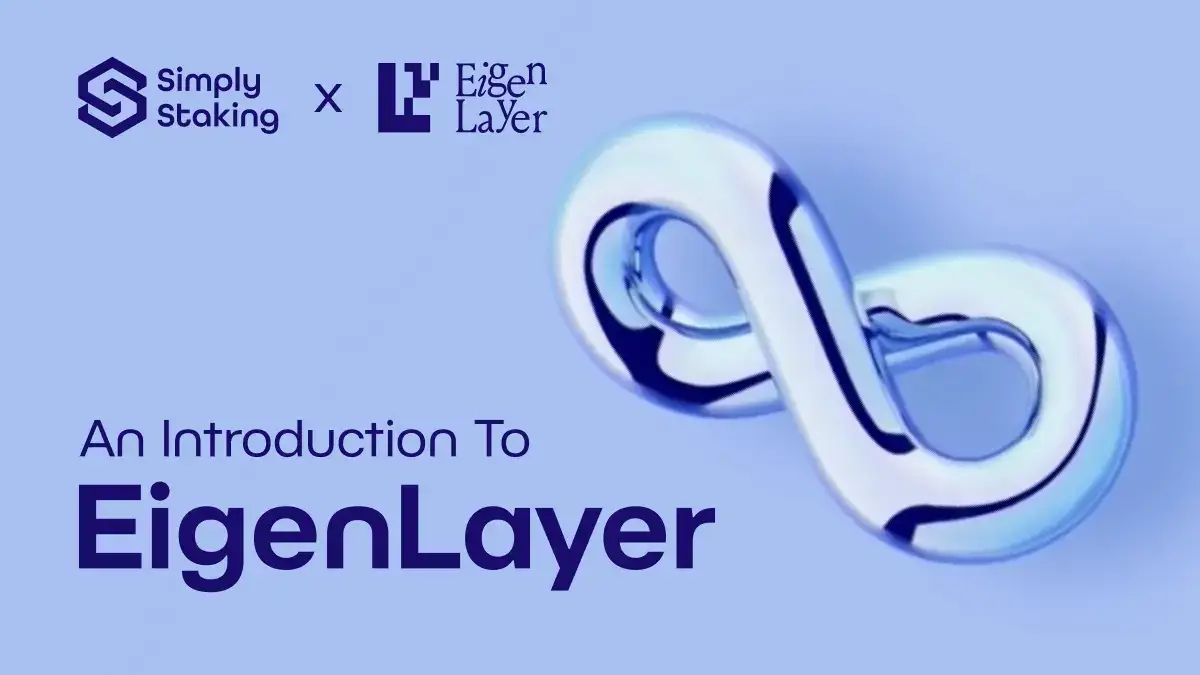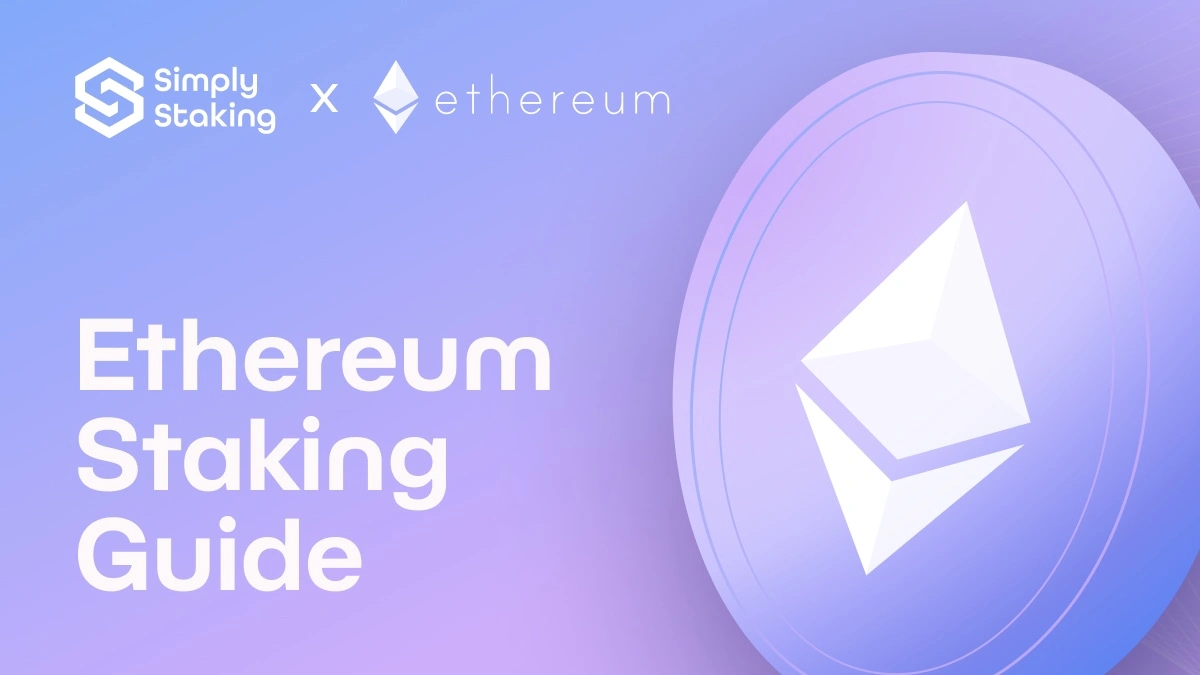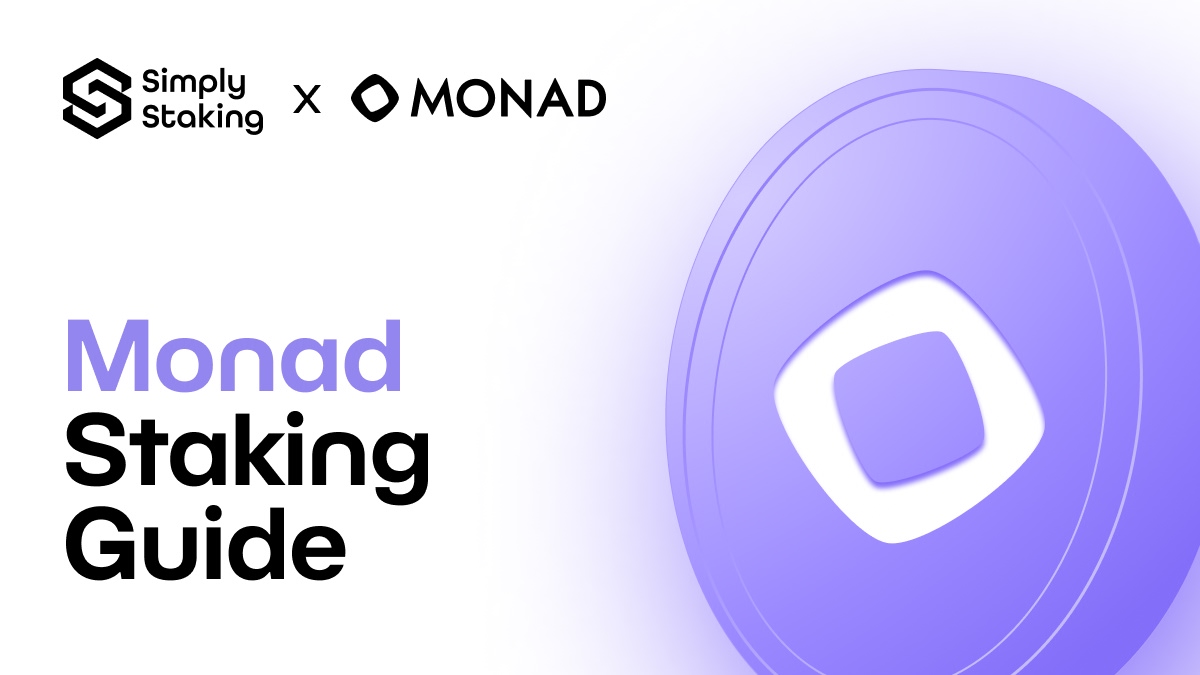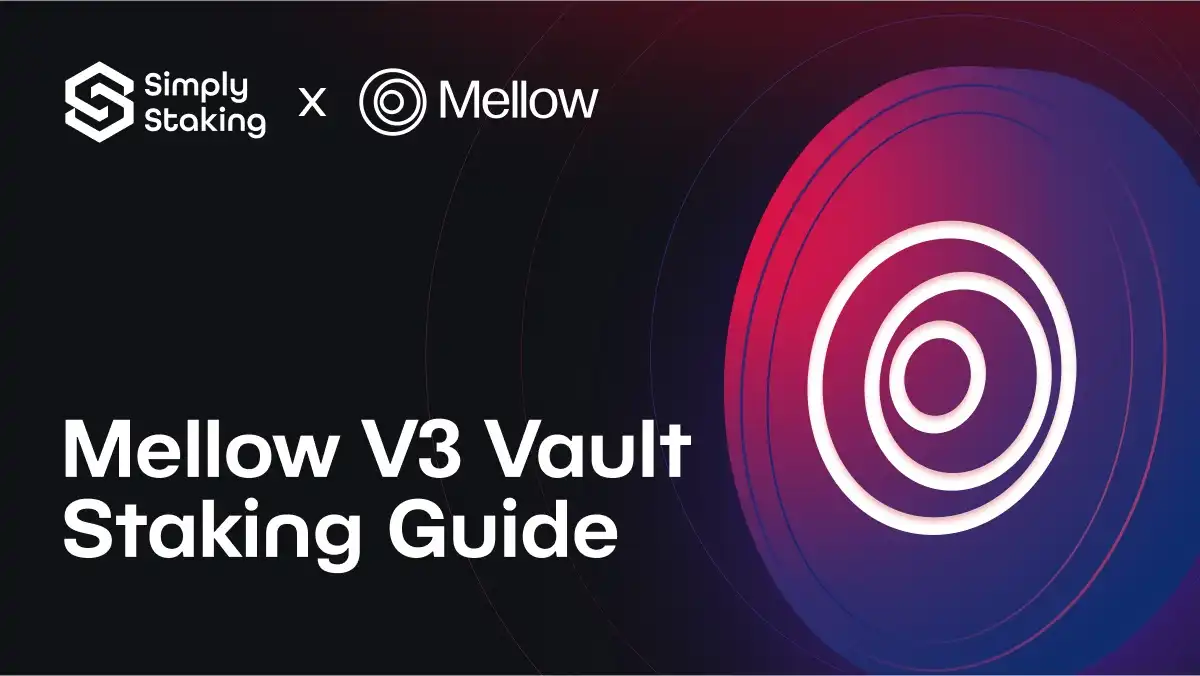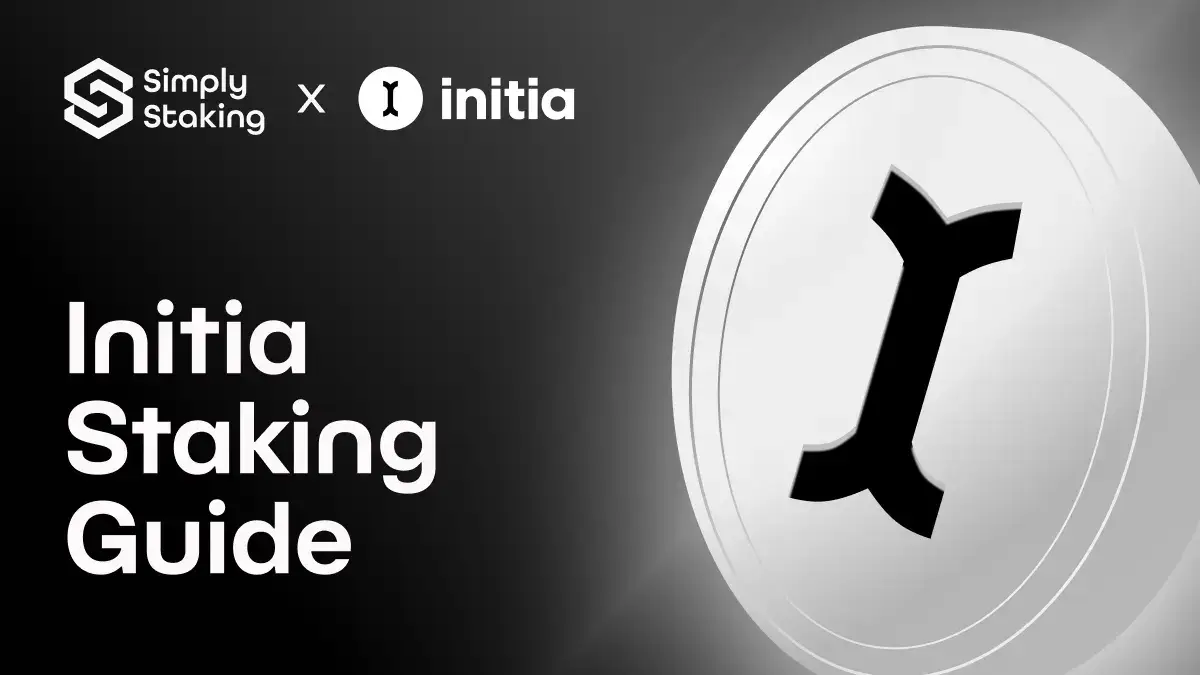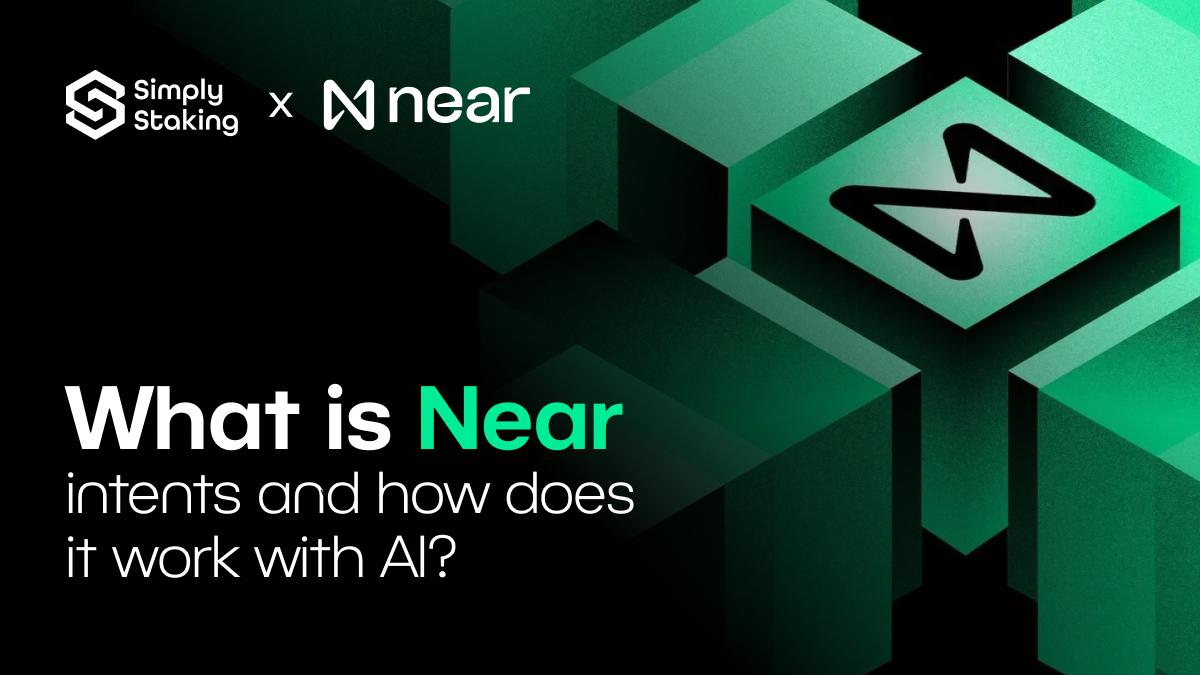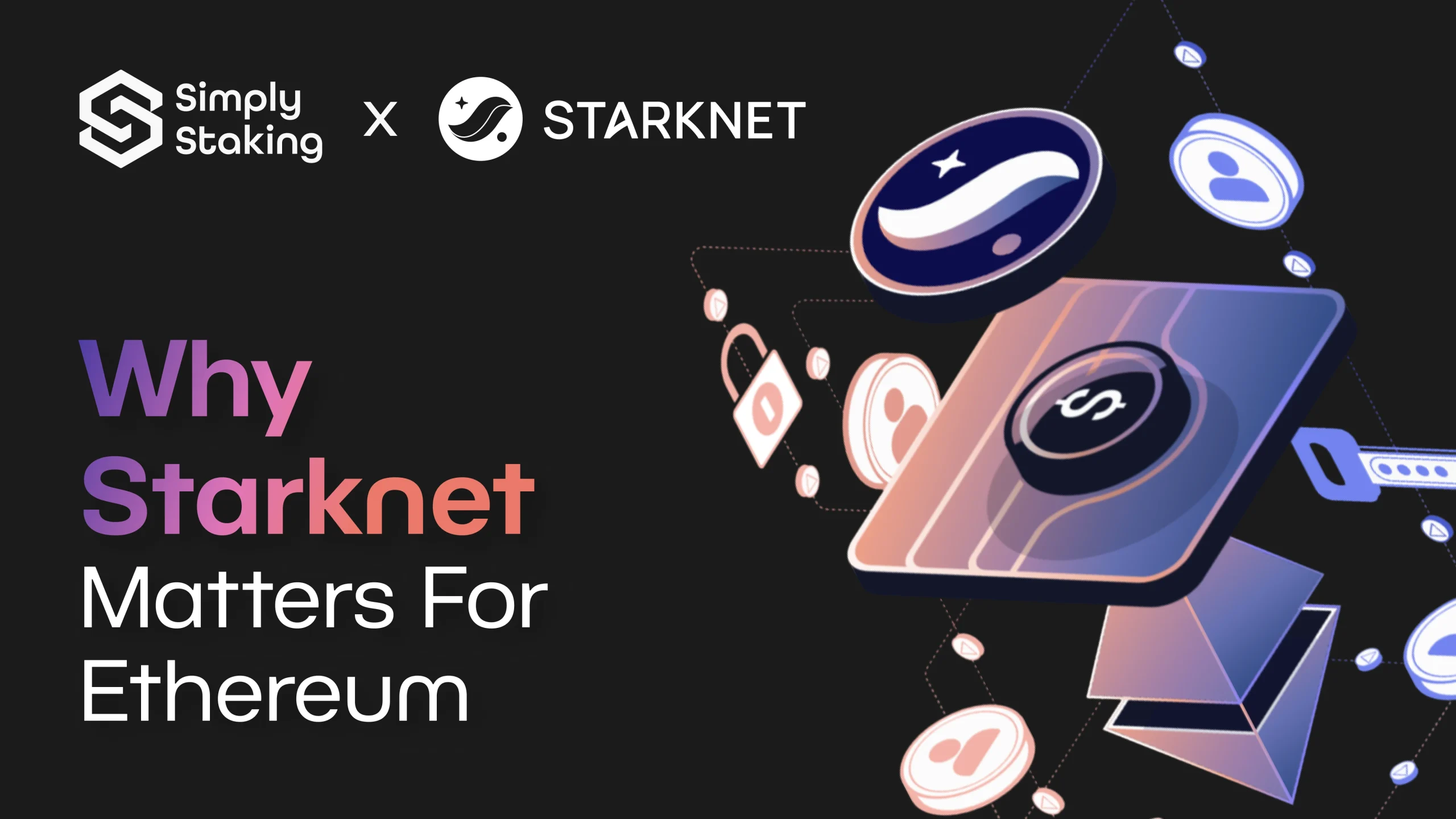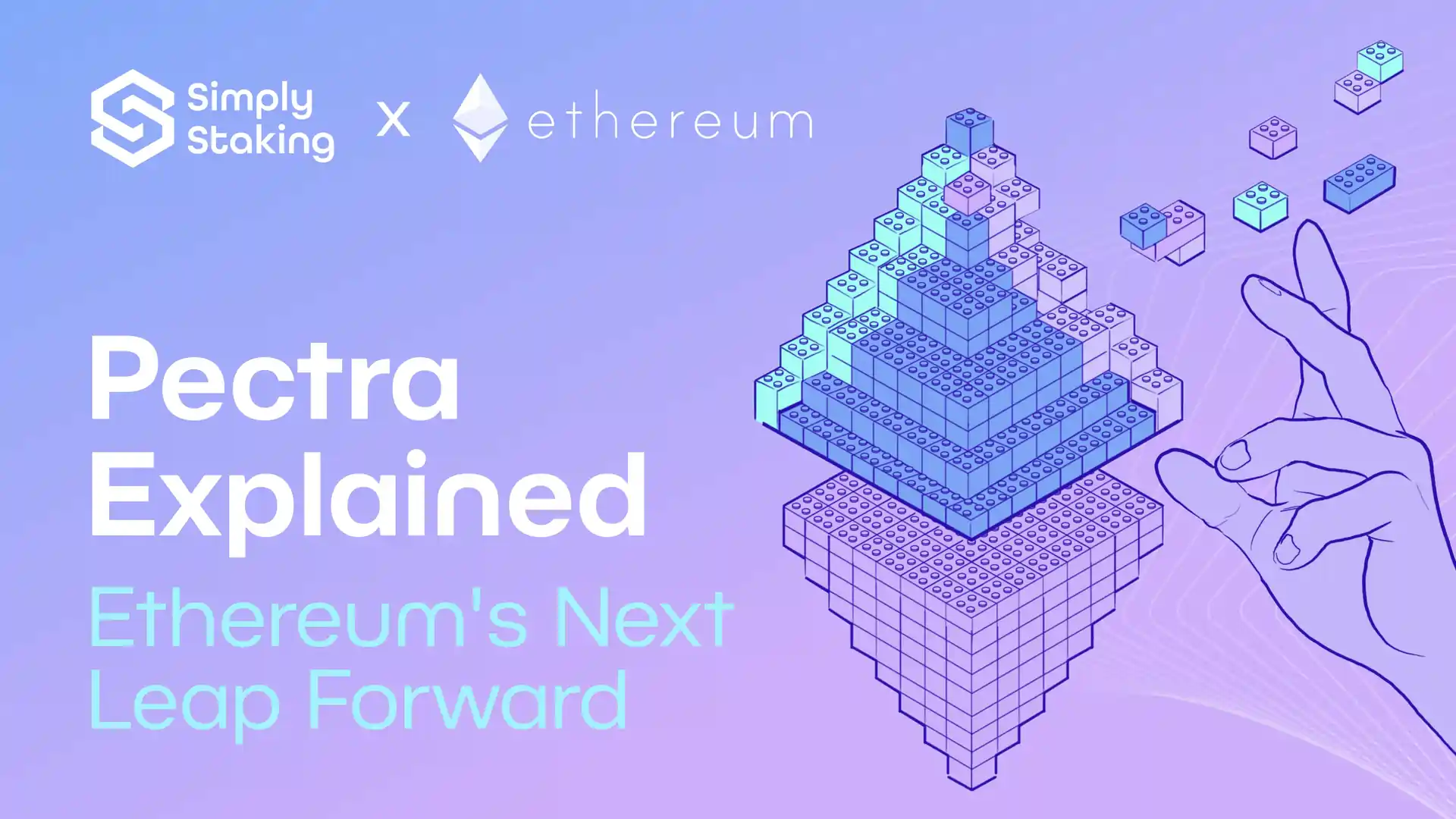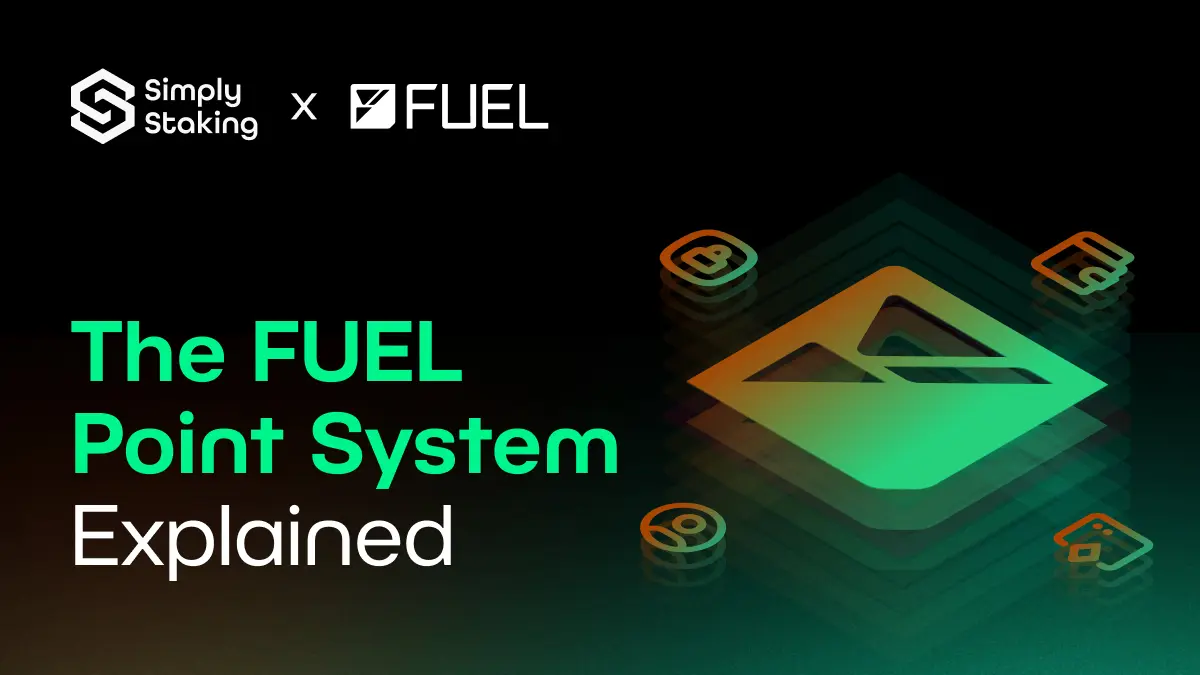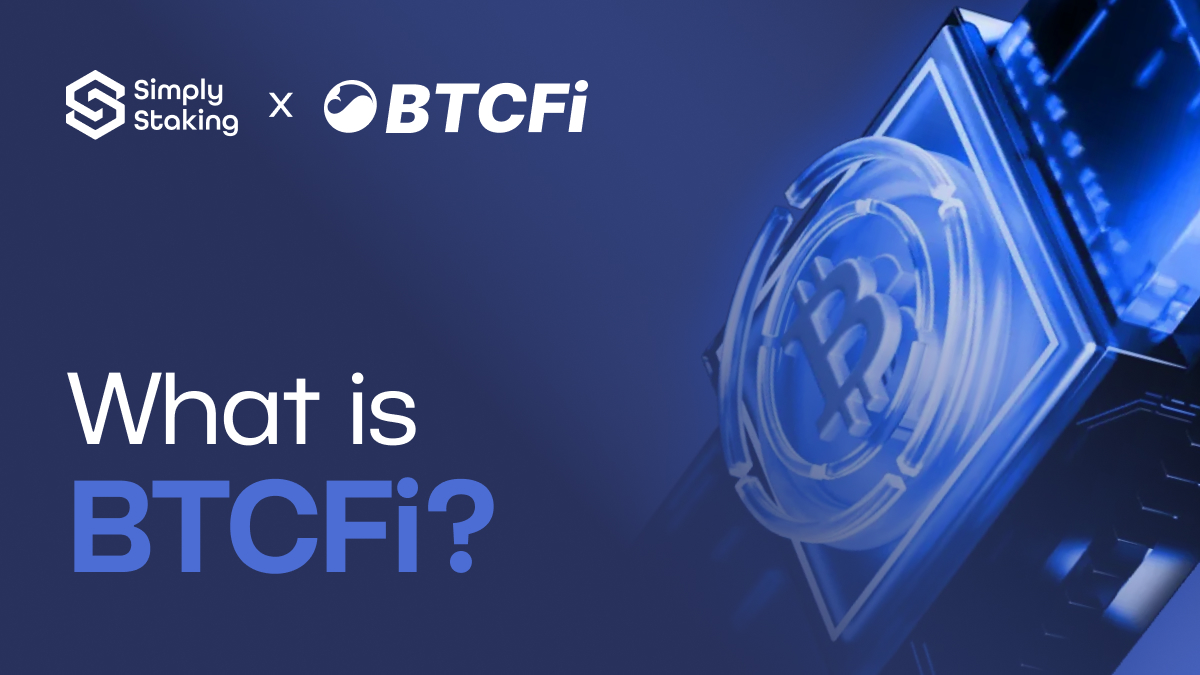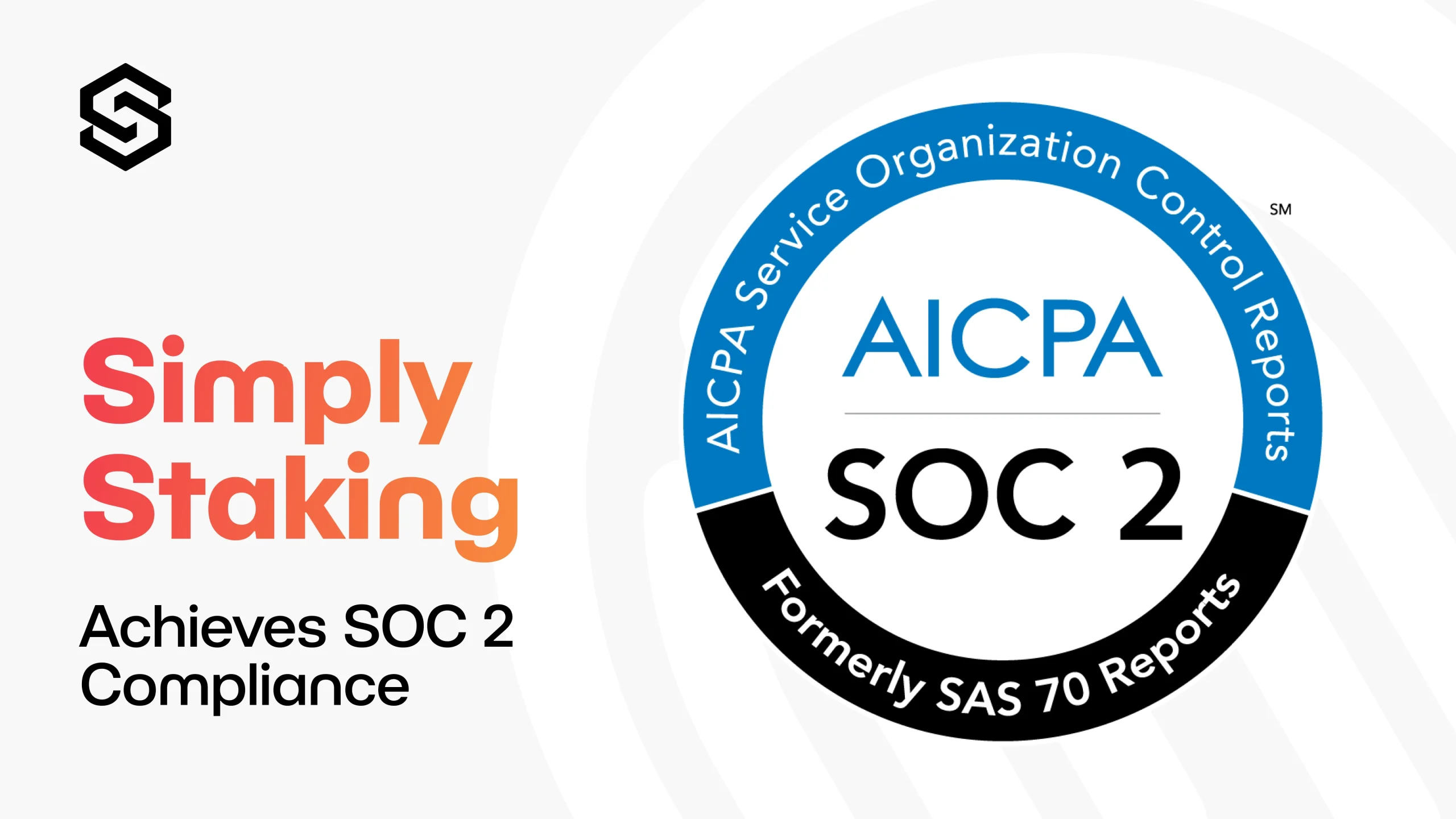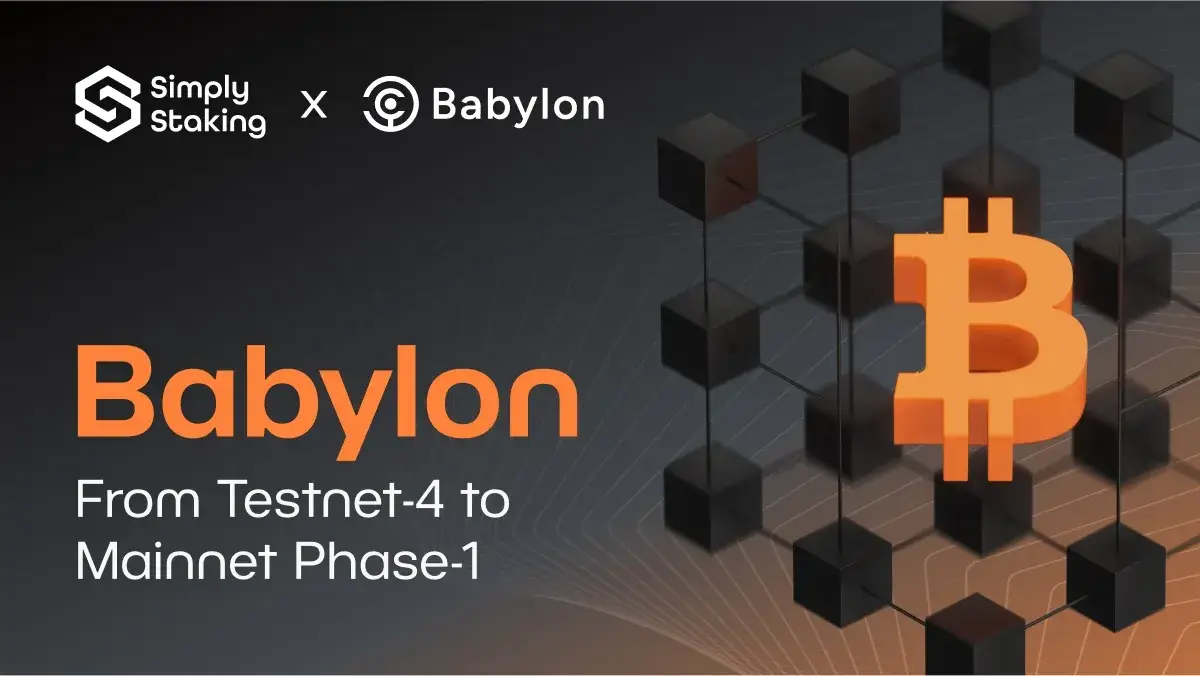What is Ocean Protocol?
Over the past couple of decades, data has increasingly become one of the most valuable commodities. Nowadays, an insane amount of data about all aspects of life is generated every day. Data is collected about anything under the sun, including personal information, business insights, behavioural data, location data, financial data, IoT and Smart Device data, technical data, and on and on and on. It is truly a never-ending list. Although all this information is leveraged and used, there are significant challenges that limit its potential. Often, data is locked away in silos, whether within organisations or geographic boundaries, and is gated by companies and institutions who are very reluctant to share it because of privacy concerns, competitive advantages, or regulatory restrictions. Furthermore, in today’s landscape, data sharing often comes at the expense of individual privacy and at the same time, individuals are completely left out of the picture when it comes to monetisation. All the value generated is captured by large corporations and intermediaries.
Ocean Protocol aims to address all of these challenges by offering a decentralised platform which promises to reimagine how data is shared, accessed, and monetised. The project aims to build a world where data is unleashed to be used in a freer but responsible manner, essentially democratising access to it.
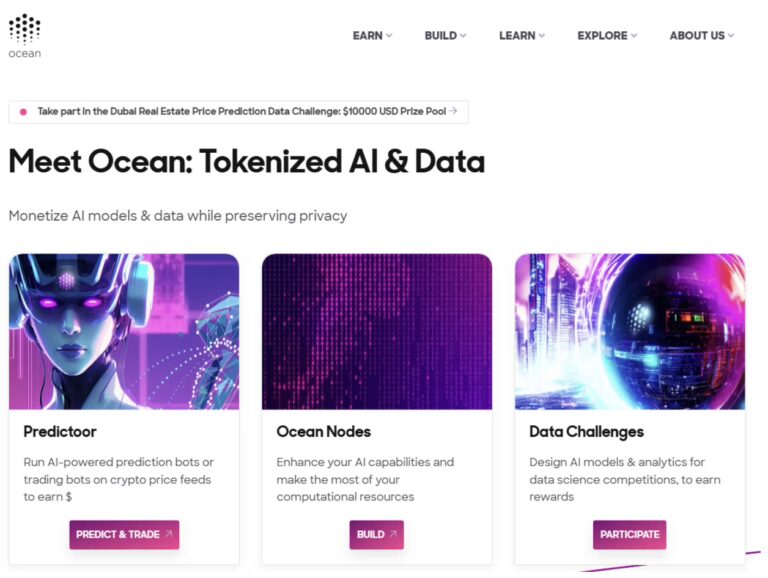
Ocean Protocol - A Deeper Dive
The core components of Ocean Protocol are essentially 5. Let’s have a quick look at each:
1. Blockchain and Smart Contracts
Originally built on Ethereum, the project leverages smart contracts to automate transactions, offer transparency, ensure trust, and provide a tamper-proof execution of agreements between data owners and consumers. Today, Ocean Protocol is deployed to various other networks, including Polygon, BNB Smart Chain and more.
2. Data Tokens
Data Tokens allow data assets to be tokenised into ERC-20 tokens and, therefore, be easily traded, transferred and accessed within the ecosystem. This effectively means that datasets can be used and integrated within the broader DeFi ecosystem in a variety of ways, but it should be noted that as the protocol evolves, an ever stronger emphasis on Compute-to-Data and permissions access mechanisms has been noted.
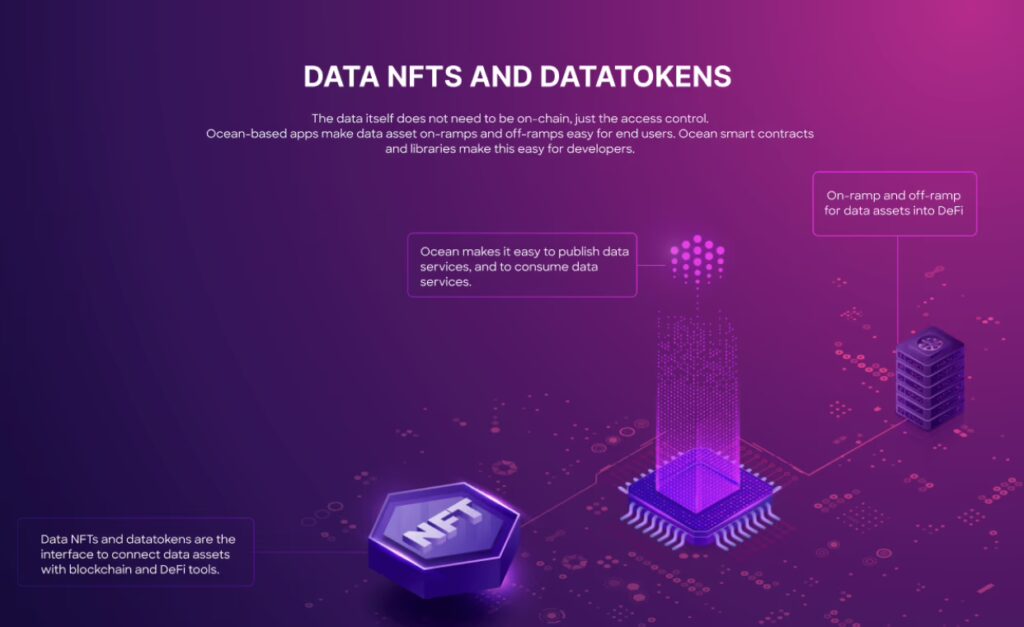
3. Compute-to-Data
A core feature of Ocean’s Protocol architecture is the compute-to-data feature, which allows data consumers to run computations on datasets without ever having direct access to the raw data itself. This privacy-preserving computation enables the processing of data to be done securely while returning accurate results, all while also allowing for compliance with data regulations such as GDPR (although this also depends on how the data is configured by the user). Essentially, this means that even sensitive data like medical records, assuming consent by providers and regulations, may be analysed and made use of without exposing any confidential information.
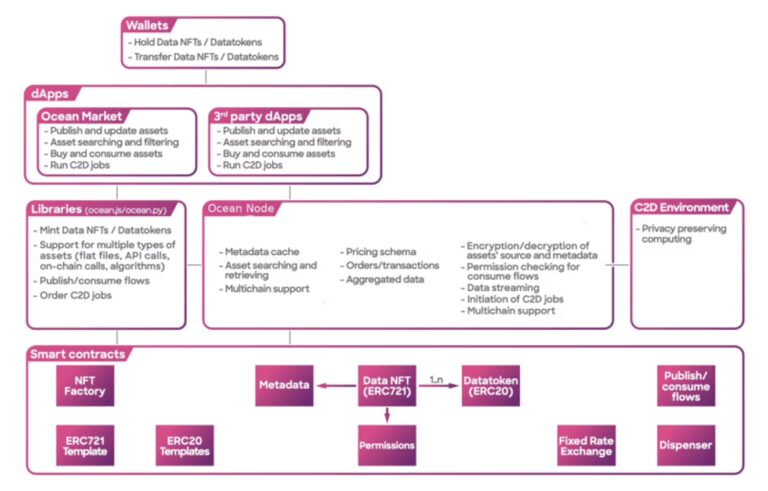
4. The Ocean Market
To help facilitate the sharing of data tokens and infrastructure tools, the ecosystem provides a decentralised marketplace. The marketplace brings together data owners looking to monetise their data with data consumers such as researchers and AI developers. All operations are conducted in a decentralised and trustless manner (obviously, data providers still have control access to data provided and have to be trusted in providing proper dataset curation) without the need for intermediaries, and also provide data consumers data for their specific needs directly from the source, all while preserving privacy. At this stage, it is worth noting that as the project continually evolved, it is now not focusing on Data Tokens as the primary mechanism for data exchange. Instead, Compute-to-Data and other permissioned access mechanisms to data, rather than focusing on tokenised data exchanges.
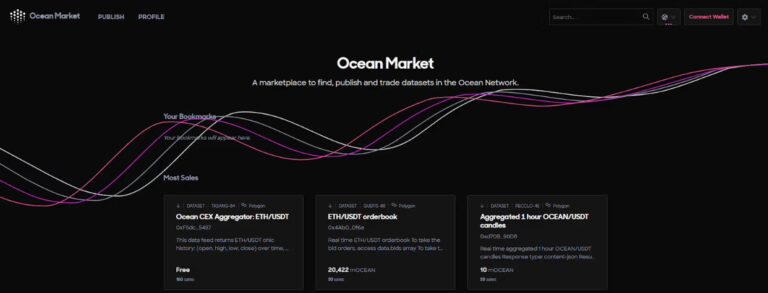
5. From Ocean DAO to Ocean Shipyard – A new Funding Mechanism
Before moving on, we should probably have a quick look at the OceanDAO as well. The OceanDAO used to be a key component of the ecosystem after being launched in November 2020 and was responsible for proposals that allocated funds to various initiatives. This was made possible via the OCEAN token. After playing a significant role within the ecosystem, the OceanDAO was phased out in favour of new grant models like Ocean Shipyard and others. In Shipyard, Ocean’s core team curates the project proposals and helps guide the future development of the project.
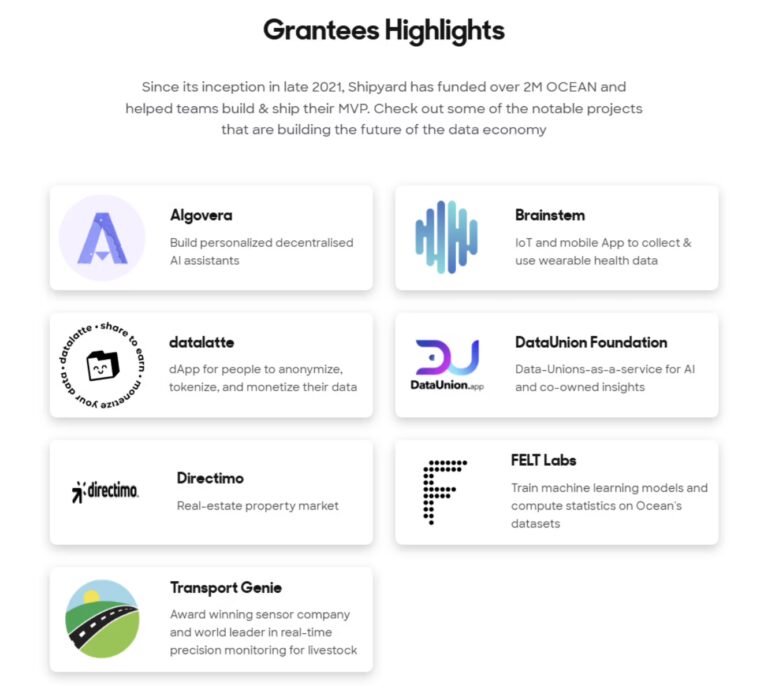
Ocean Nodes
Considering the recent changes and the importance of Ocean Protocol, it makes sense to have a deeper dive. Let’s start by outlining the fact that the new design essentially consolidates functionalities that previously were tasked to Provider, Aquarius and Subgraph. The new Ocean Node modular architecture not only simplifies deployment and operations while unifying these three components but is also designed to streamline processes, enhance decentralisation, and ensure efficient data management and high security. So, what are the key features of Ocean Nodes?
Integrated Services
The new architecture merges multiple services and replaces core functionality that previously were tasked to legacy components, streamlining data access, indexing, and compute services into a single modular component. Today, Ocean nodes are able to handle data access control, encryption, and compute services, ensuring that data remains private while enabling secure transactions, tasks which were previously the responsibility of Provider.
A core component of Ocean Nodes is the Indexer. This component replaces the functionalities that were previously tasked to Aquarius and Subgraph. Essentially, the Indexer enables Ocean Nodes to provide real-time metadata indexing, event monitoring, and API services, making it easier for developers to build applications while reducing reliance on multiple legacy components. In practice, the Indexer acts as an off-chain metadata store that enables data to be discovered efficiently, enables efficient querying, and real-time updates without requiring direct blockchain scans.
Modular Architecture
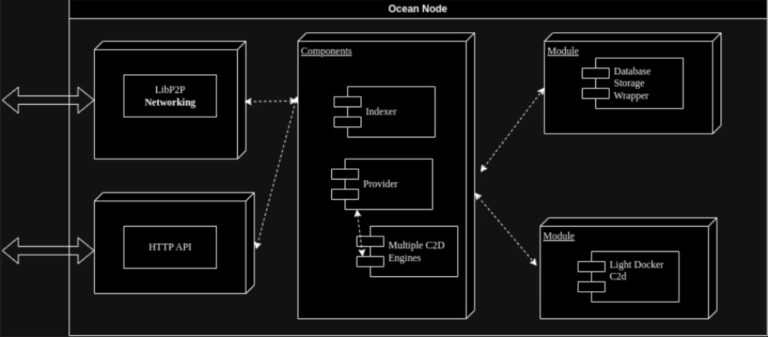
The architecture of Ocean Nodes is divided into three distinct layers. First of all, the Network Layer is responsible for managing all the communication between the nodes and the blockchain network. The Components Layer is able to host different services such as the Indexer and the core functionalities that were attributed to the Provider in the legacy architecture. The third layer is the Modules Layer which is able to offer additional functionalities and extensions.
Scalability & Flexibility
This new updated architecture design is able to support various use cases, from simple data retrieval to complex Compute-to-Data tasks, and also allows for the management of multiple compute engines such as Docker and Kubernetes all within the same network.
The benefits of this new architecture cannot be understated. Just to give a few examples, users can now deploy the entire Ocean stack with a single command line, drastically reducing complexity and setup time. Privacy is also enhanced as advanced encryption features ensure that all the data remains secure during transactions and computations.
Due to the implementation of Ocean Nodes, participants can now effectively contribute to and benefit from the decentralised data economy by leveraging a robust and secure infrastructure for data sharing and monetisation. If you are interested in starting an Ocean Node, check the resources at the end of this article for links that will help guide you on how best to do it.
Tokenomics
Having a maximum supply of 1.41 Billion, OCEAN serves as a utility token for the ecosystem while ensuring scarcity. 51% of the total OCEAN supply has been reserved and dedicated to network rewards, ensuring that the project has suitable funding to kickstart growth and maintain it. But how is OCEAN used in the ecosystem?
The OCEAN token has 4 primary utilities. Let’s have a quick look at each.
1. Payment for Data Access
OCEAN may be used to buy and sell datasets and services within the Ocean Market or other marketplaces.
2. Staking
Originally, the OCEAN token was used to help signal the quality and relevance of the datasets, but now, OCEAN is used within the Data Farming rewards model. Essentially, within this model, holders of the OCEAN token are able to earn incentives based on the network activity.
3. Governance
Holders of the OCEAN token can lock their tokens to obtain veOCEAN, which grants them voting power in Ocean Protocol’s governance system. This allows them to participate in decision-making processes, such as grant allocations, ecosystem incentives, and other governance proposals that shape Ocean’s future.
4. Compute-to-Data Payments
OCEAN is used as the payment mechanism for Compute-to-Data transactions, enabling secure computations on private datasets without exposing raw data. A key feature of OCEAN is its burn mechanism, which removes a percentage of network fees from circulation, helping regulate supply and create economic incentives for long-term sustainability. As network activity grows, more fees are burned, and additional OCEAN is allocated to governance incentives such as veOCEAN staking and ecosystem funding programs like Ocean Shipyard. This ensures that Ocean’s sustainability strengthens as adoption increases.
Ecosystem
Over the past few years, Ocean Protocol has managed to foster a dynamic and ever-expanding ecosystem that is a hub for innovation. By leveraging Ocean Protocol’s technology, the ecosystem is now made up of a diverse array of dApps, platforms and collaborative projects.
Let’s have a quick look at some of these.
Acentrik
Built to facilitate secure and efficient data transitions, Ascentrik is an award-winning data exchange platform which is tailor-made for enterprises and governments. What is truly interesting about the project is its high-profile developer, which deserves a name drop: Mercedes-Benz Singapore!
Brainstem Health
As the name suggests, this project leverages Ocean Protocol’s technology to empower users to both manage and monetise their personal health information. Brainstem Health is able to do this by offering a wearable device that enables the monitoring and sharing of data related to health and well-being.
Datalette
Datalatte is an interesting project as it allows users to participate in several surveys and also share data from personal services such as Netflix, X (Twitter), or Spotify, and in turn, participate to earn rewards, all while their personal data remains private.
Conclusion
If there is one certainty, it is that in the coming years, data collection, organisation and analysis will become even more important as we slowly (or rapidly, depending on perspective) continue transitioning to an evermore digitalised world. Ocean Protocol’s opportunity is clear as the platform sets the foundation for an equitable, privacy-focused, and decentralised data economy while at the same time empowering users, businesses, and AI developers to fully exploit the true value of data gathered while ensuring security and compliance. Therefore, we invite you to have a look at the resources below to learn more about Ocean Protocol. We also extend our invitation to continue to follow Simply Staking to stay updated!
Additional Resources
Whitepaper: https://oceanprotocol.com/tech-whitepaper.pdf
Website: https://oceanprotocol.com/
Explore Ecosystem: https://oceanprotocol.com/explore/ecosystem/
Ocean Docs: https://docs.oceanprotocol.com/
Ocean Node Quickstart Guide: https://github.com/oceanprotocol/ocean-node/blob/main/docs/dockerDeployment.md
About Simply Staking
We are a Blockchain Services Provider who operates Validators and Nodes on over 30 Networks with over $1 Billion in Assets Staked. Our journey started in 2018, with Simply entering the Cosmos Hub Testnets, and now have expanded our operations to most major ecosystems including networks such as LIDO, Polygon, EigenLayer, Oasis Network, Cosmos Hub, Polkadot, and many more, all while being an Oracle Operator on Chainlink.
We offer additional services such as Nodes-As-A-Service (RPCs), Blockchain Development work, Tooling, Governance Services as well as Blockchain Consultancy Services.
More Information on our offerings can be found on our website.
Disclaimer: This article contains affiliate links. If you click on these links and make a purchase, we may receive a small commission at no additional cost to you. These commissions help support our work and allow us to continue providing valuable content. Thank you for your support!
Terms & Conditions apply on all partnership offers.
This article is provided for informational purposes only and is not intended as investment advice. Investing in cryptocurrencies carries significant risks and is highly speculative. The opinions and analyses presented do not reflect the official stance of any company or entity. We strongly advise consulting with a qualified financial professional before making any investment decisions. The author and publisher assume no liability for any actions taken based on the content of this article. Always conduct your own due diligence before investing.


